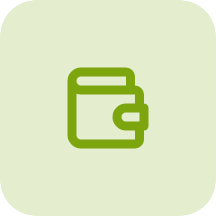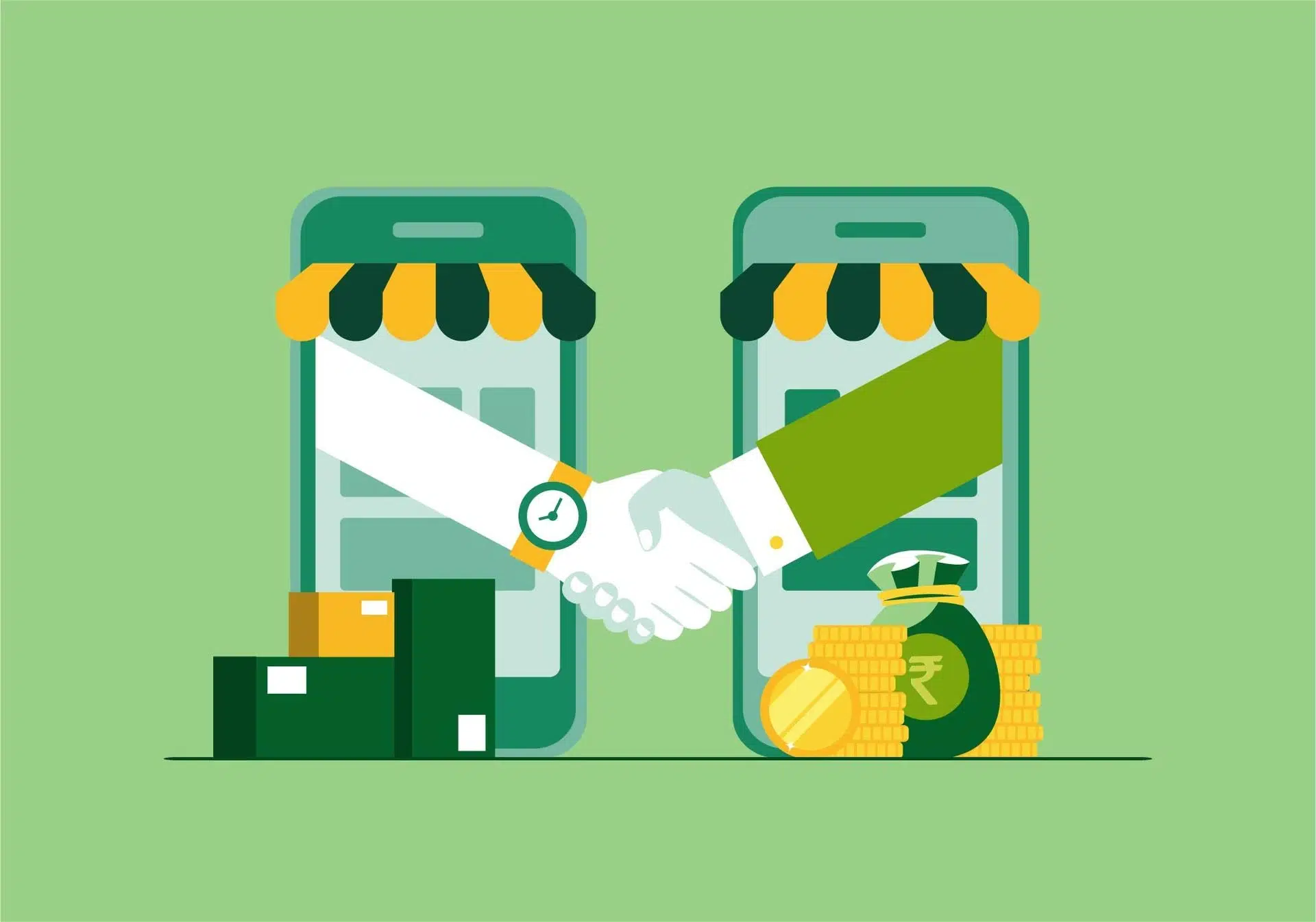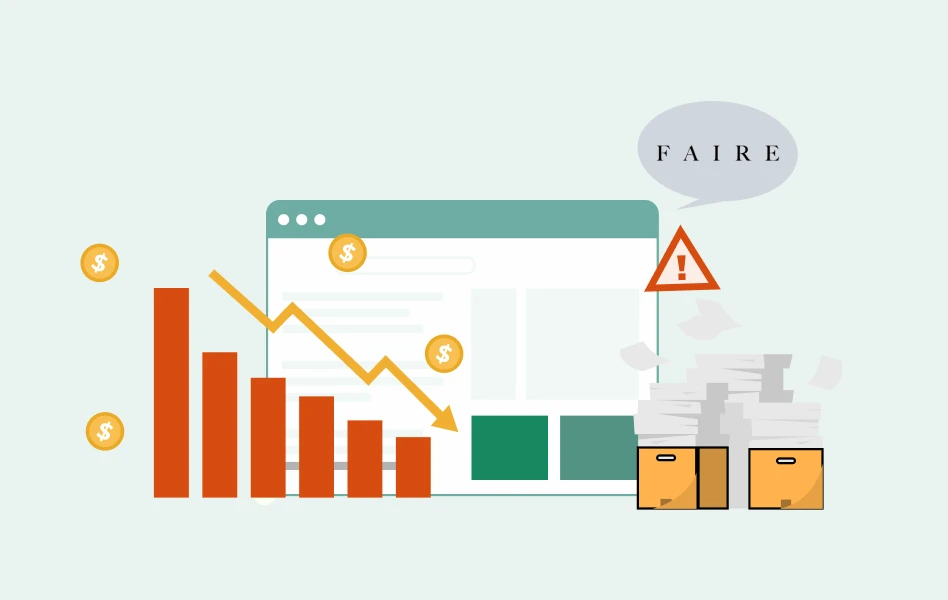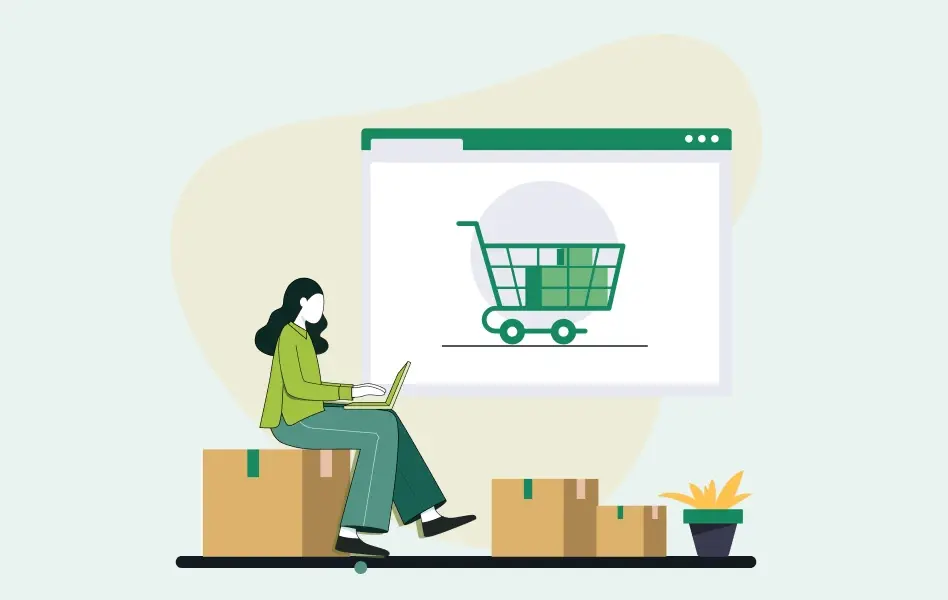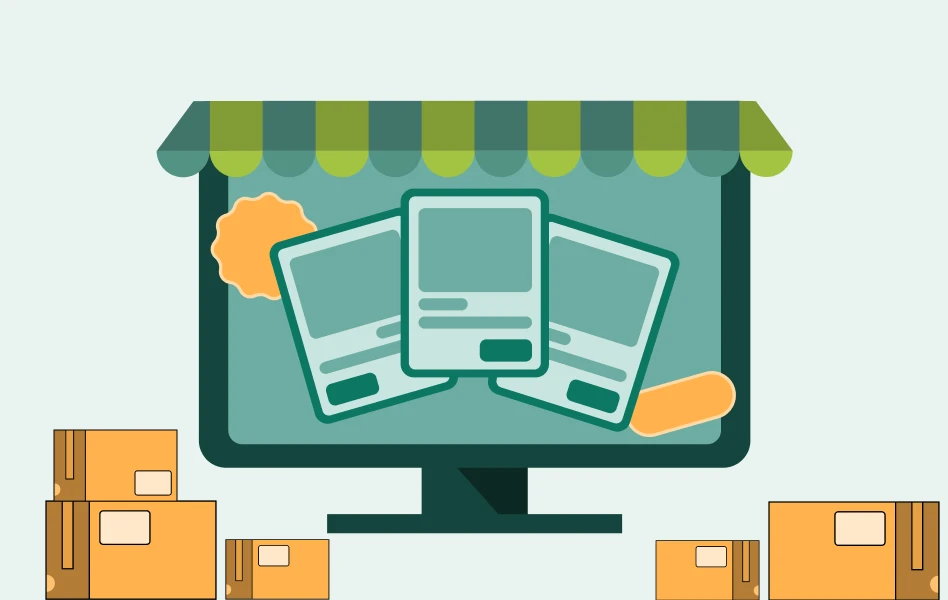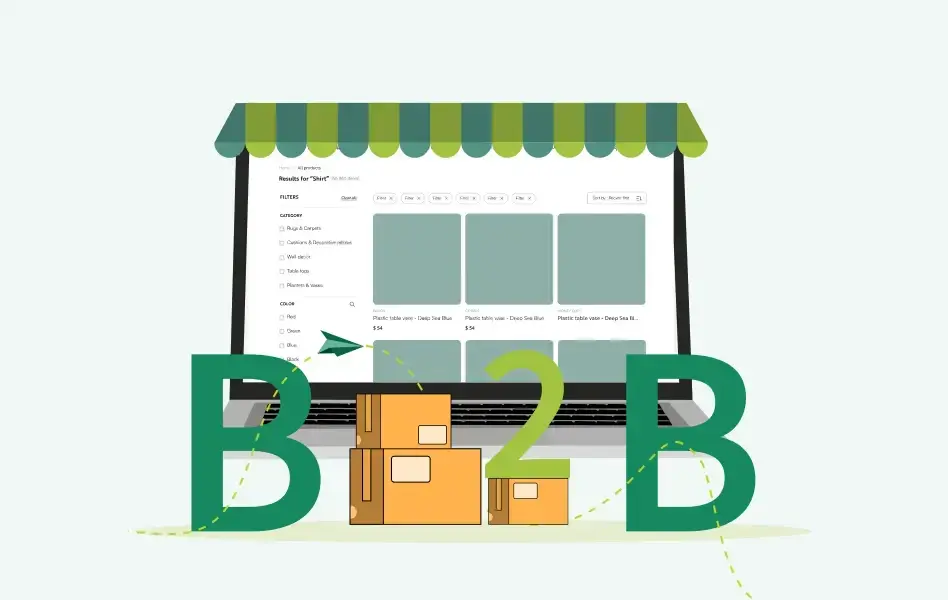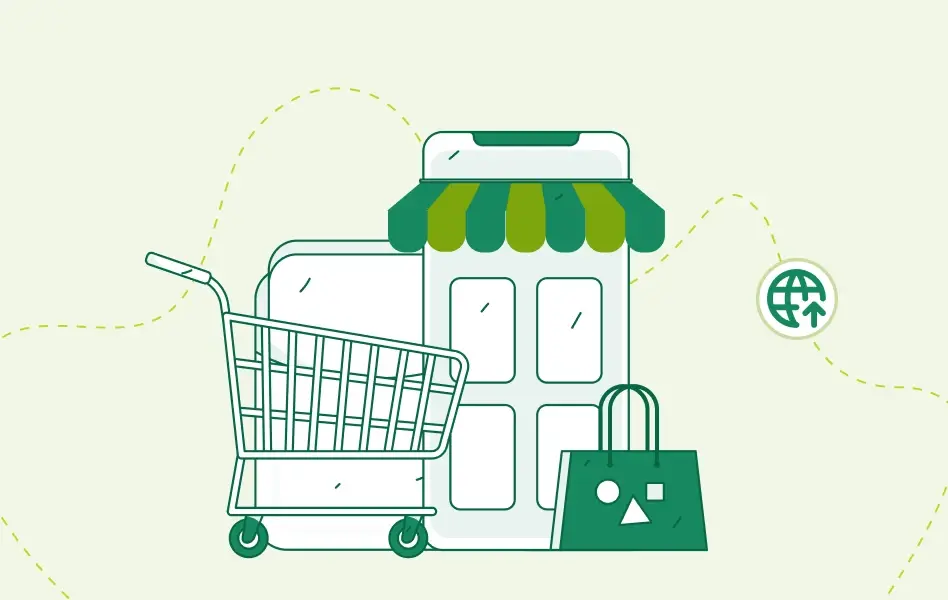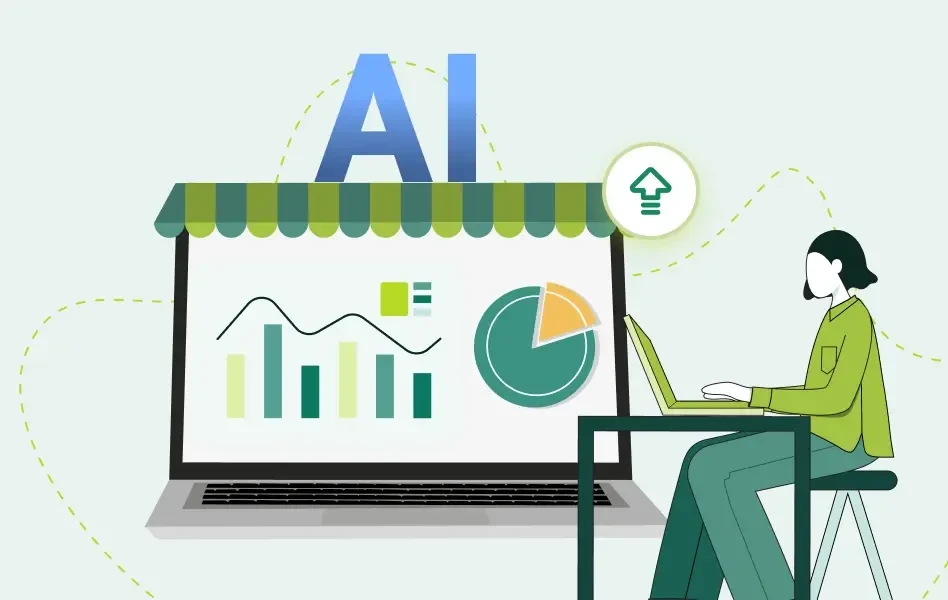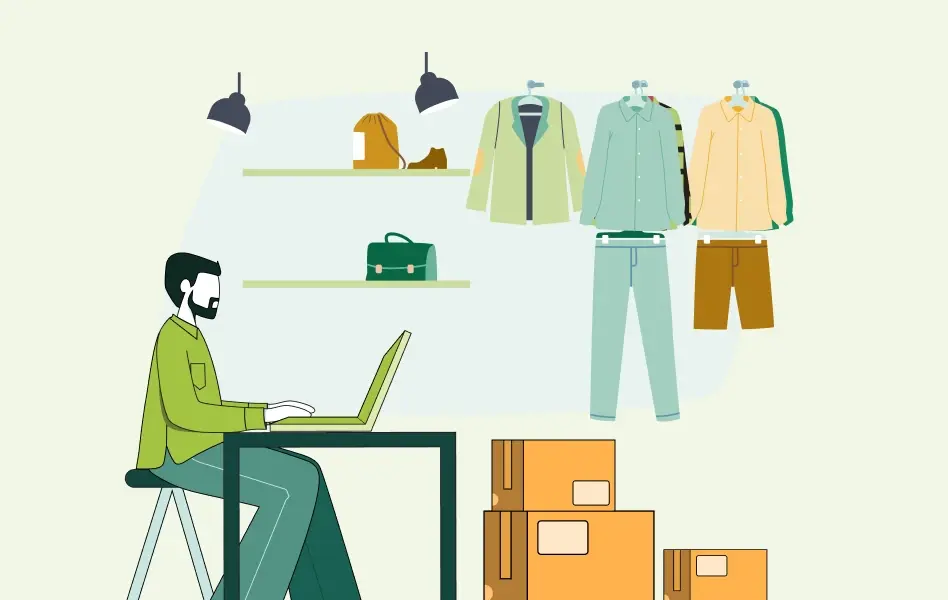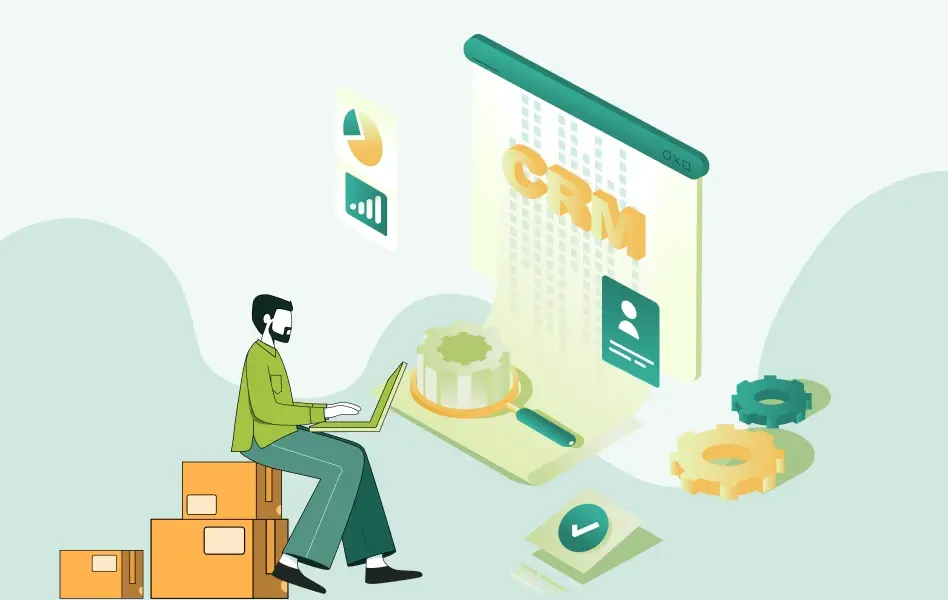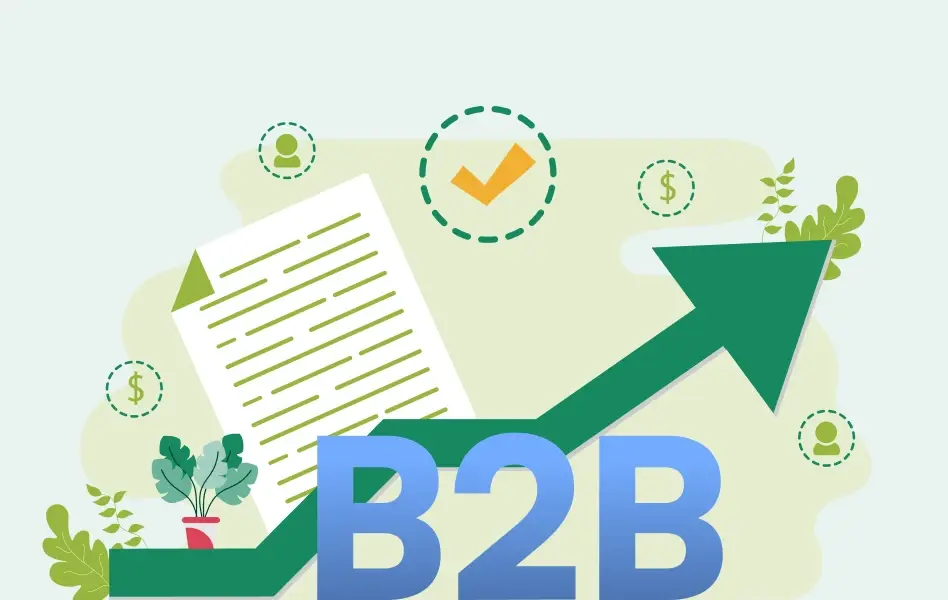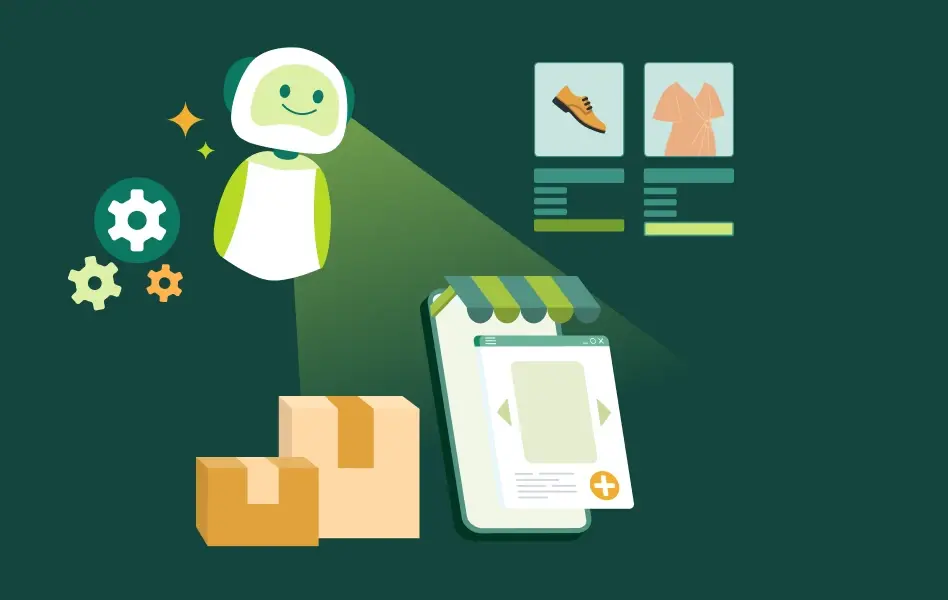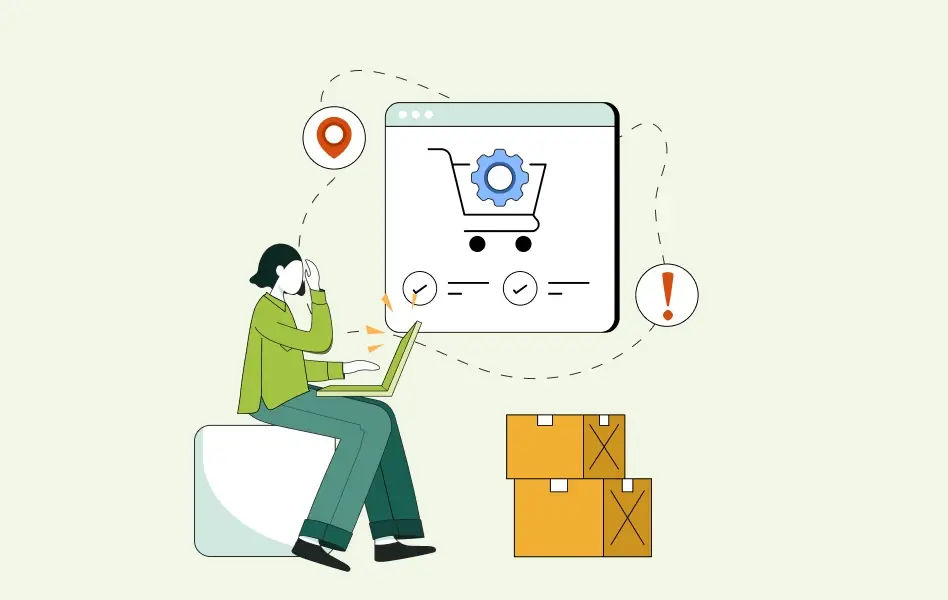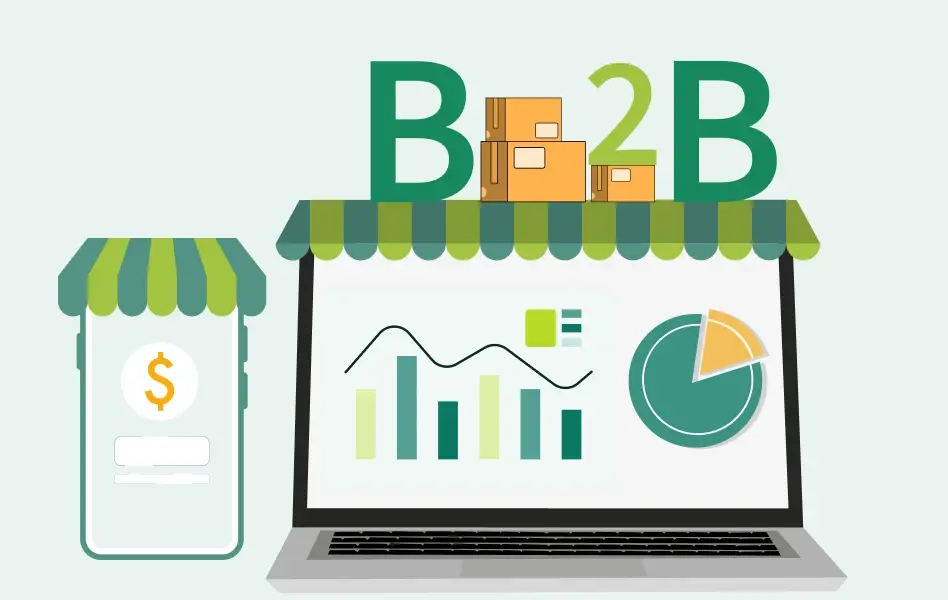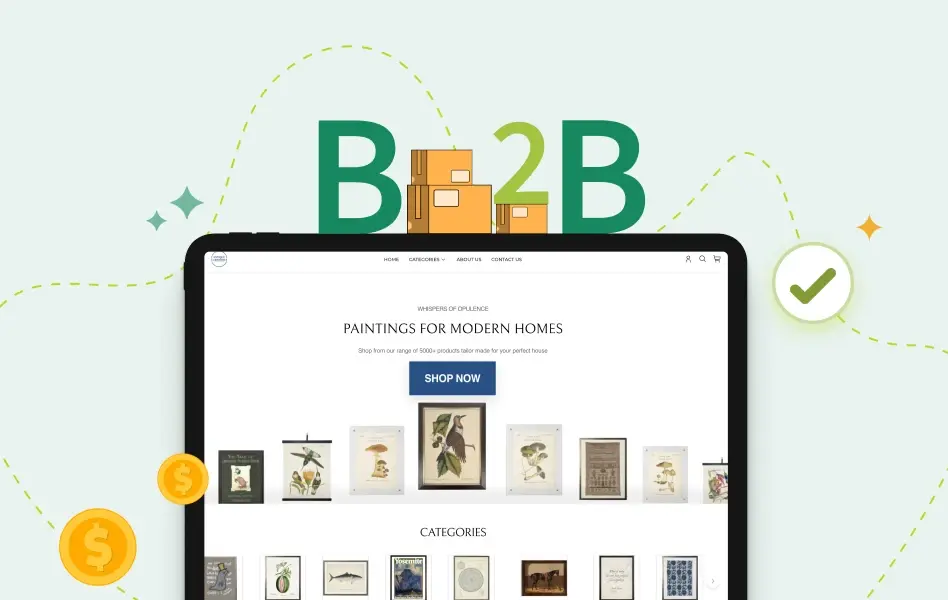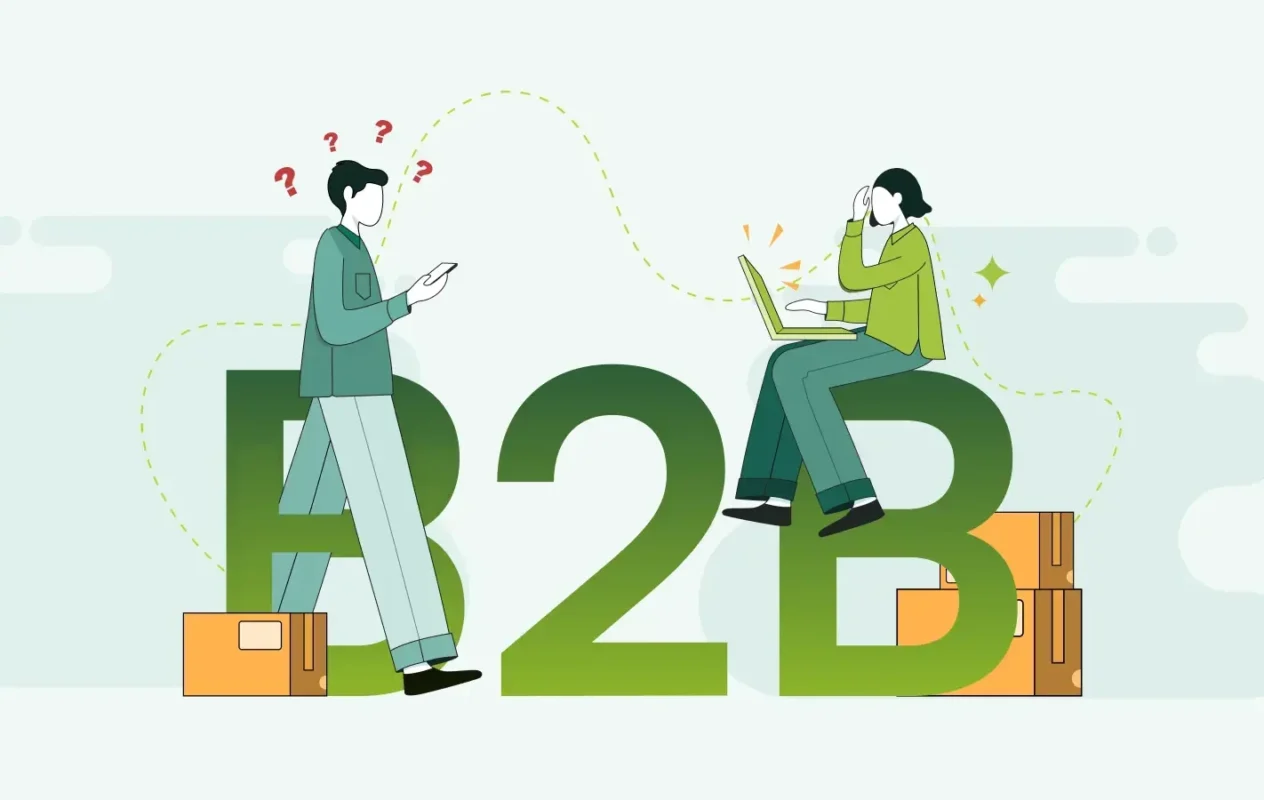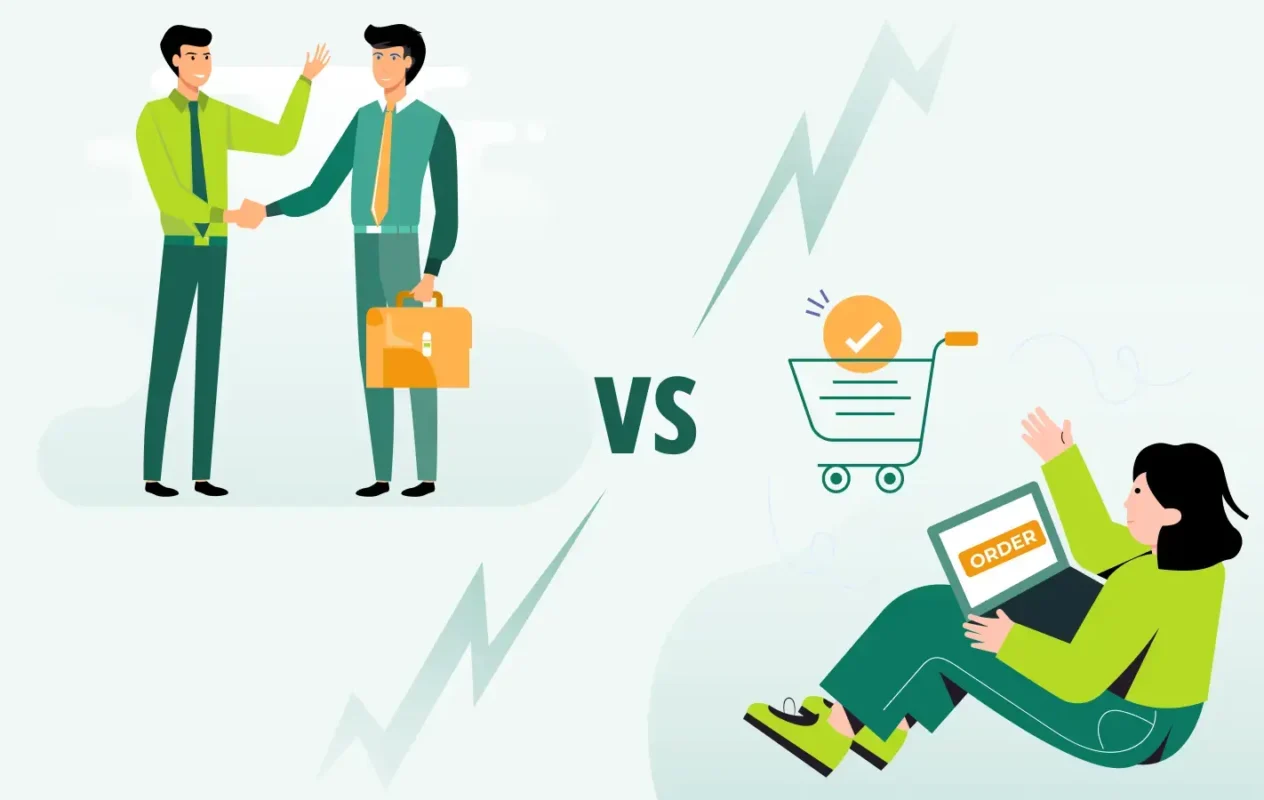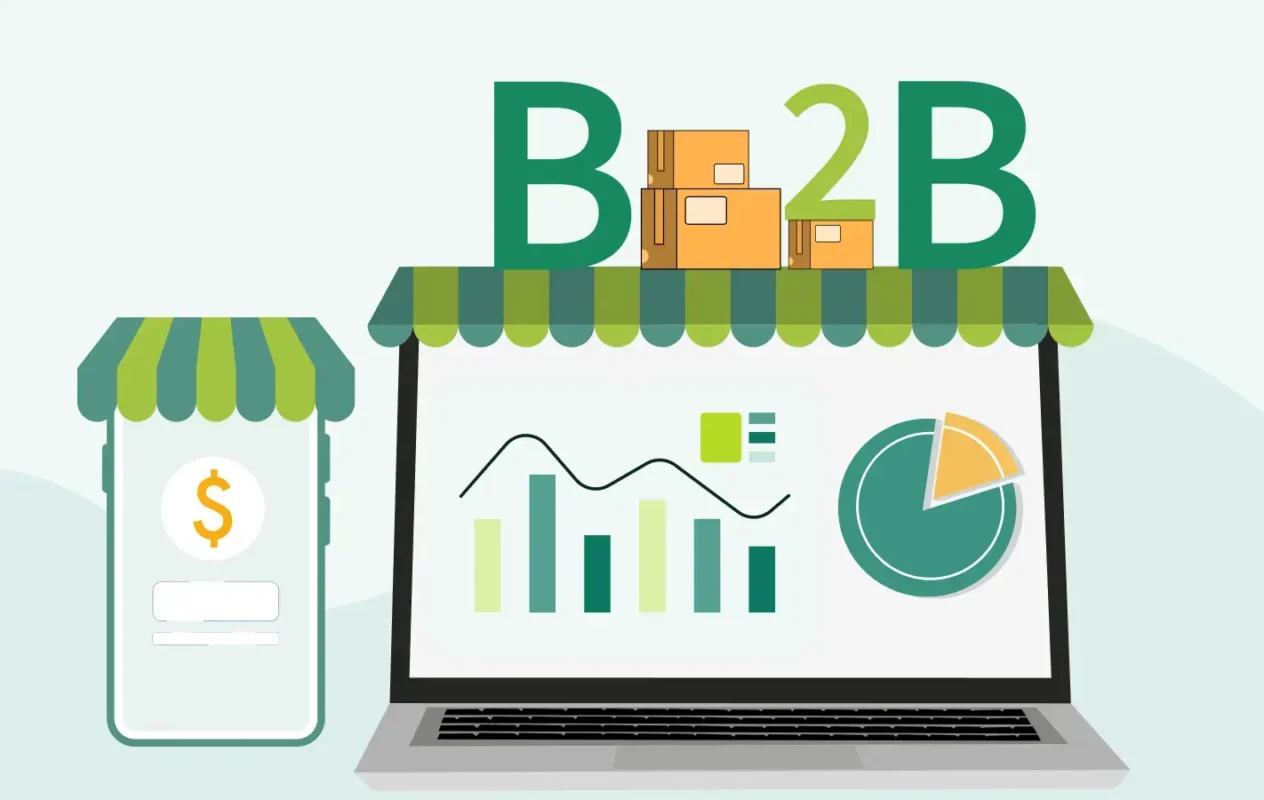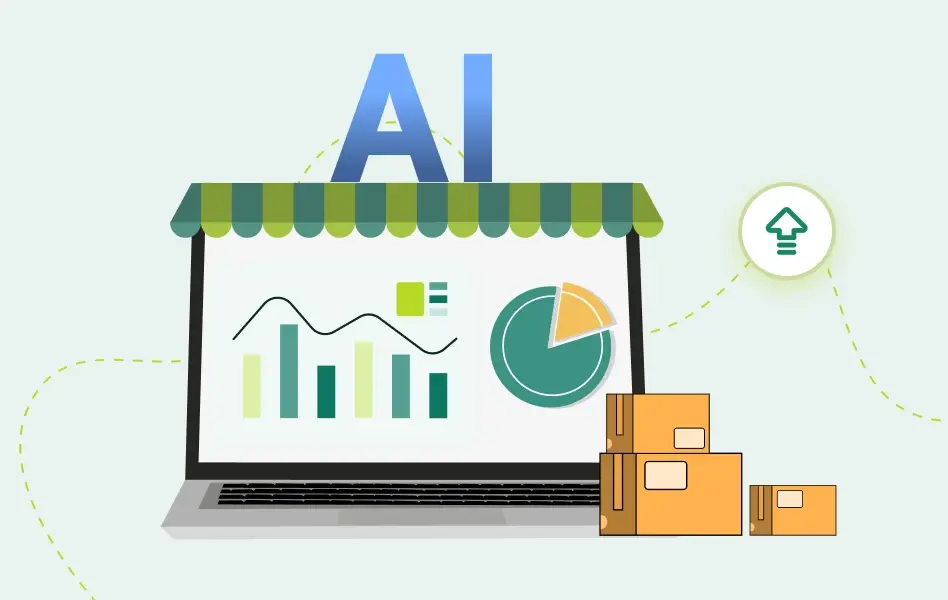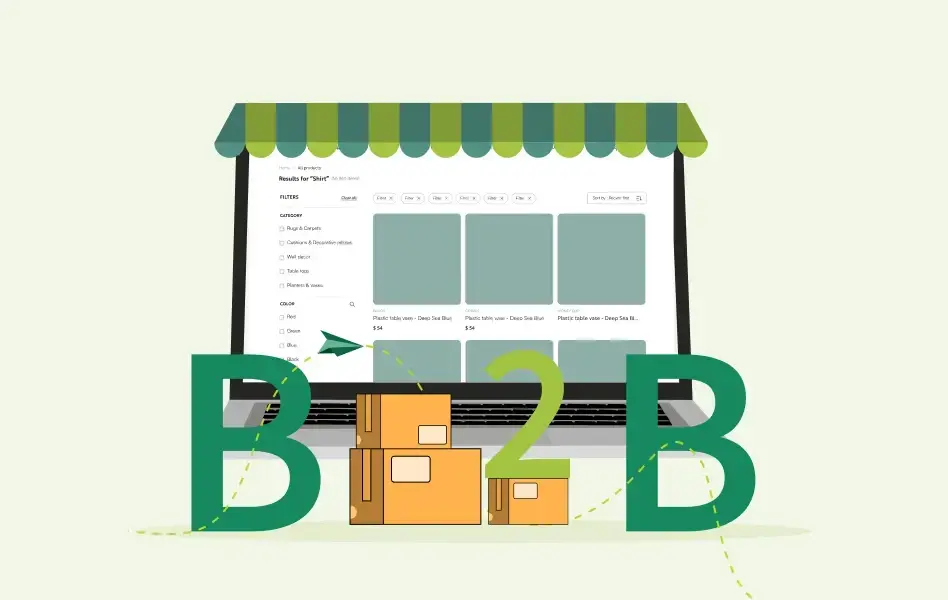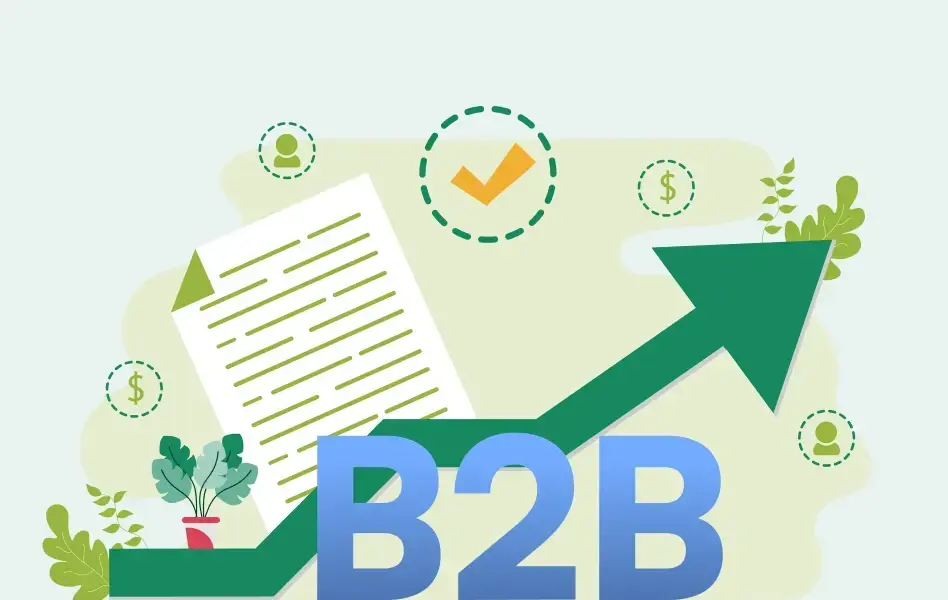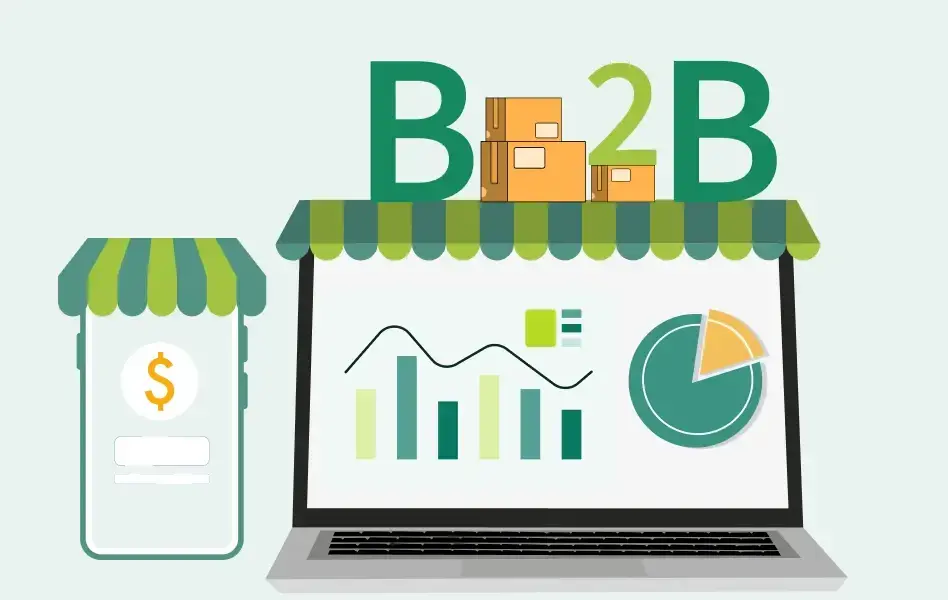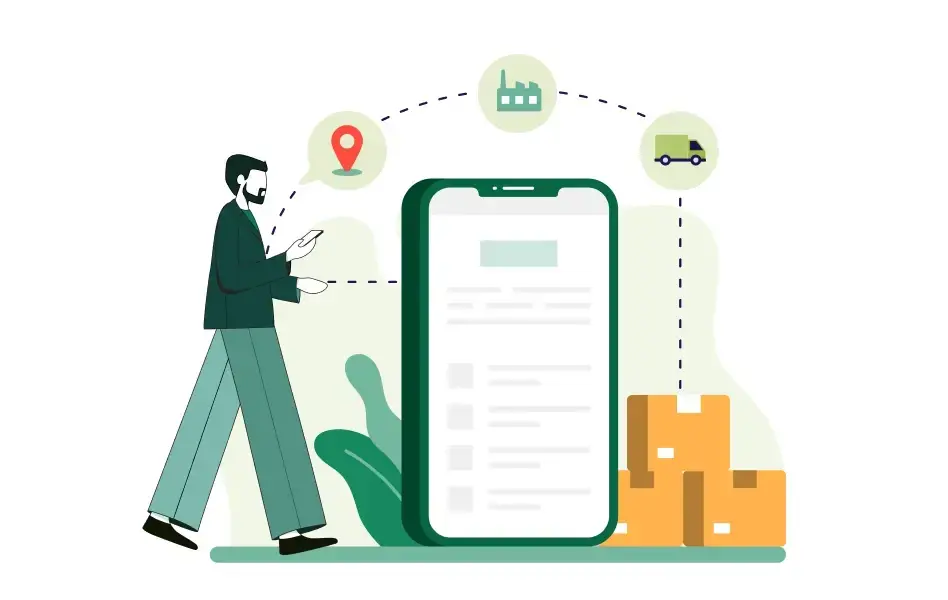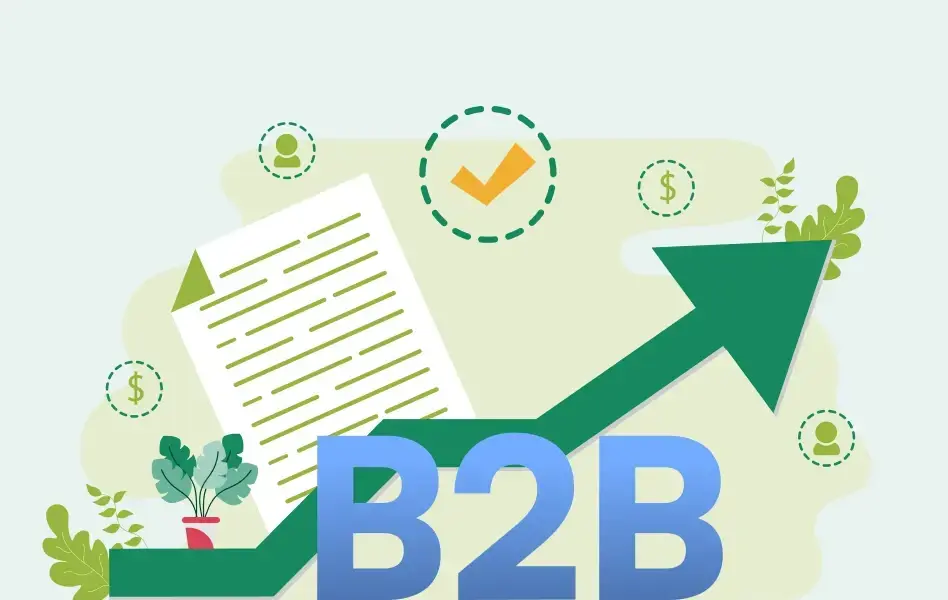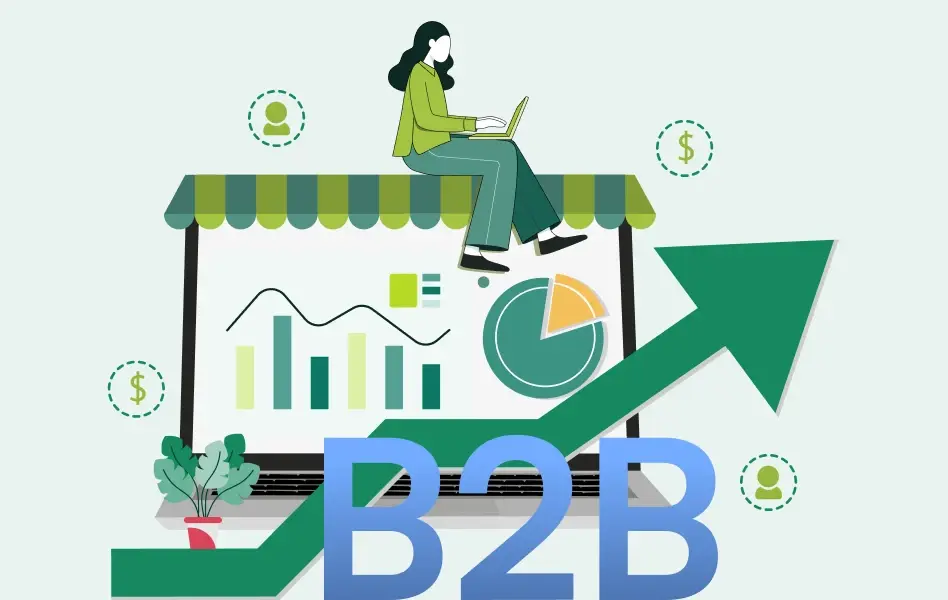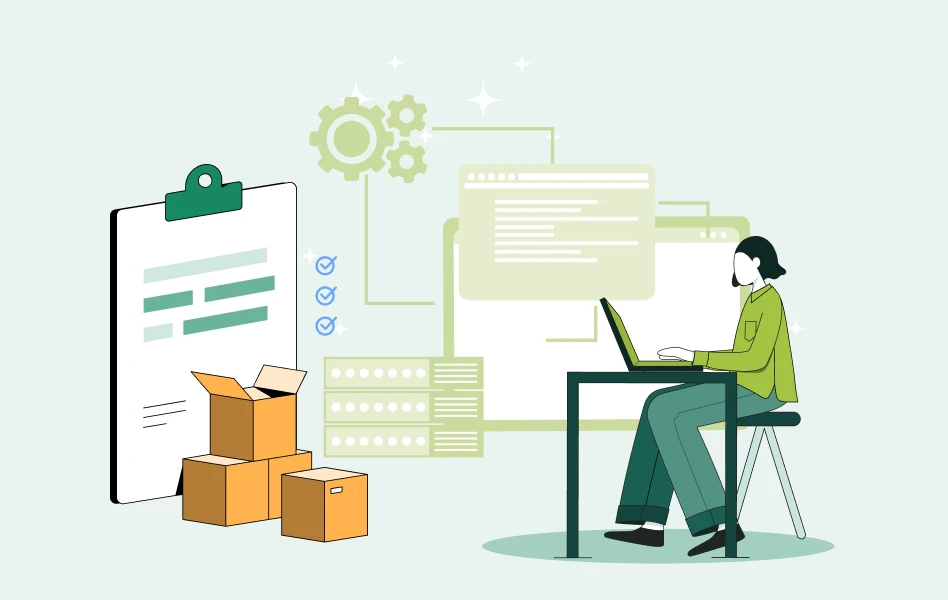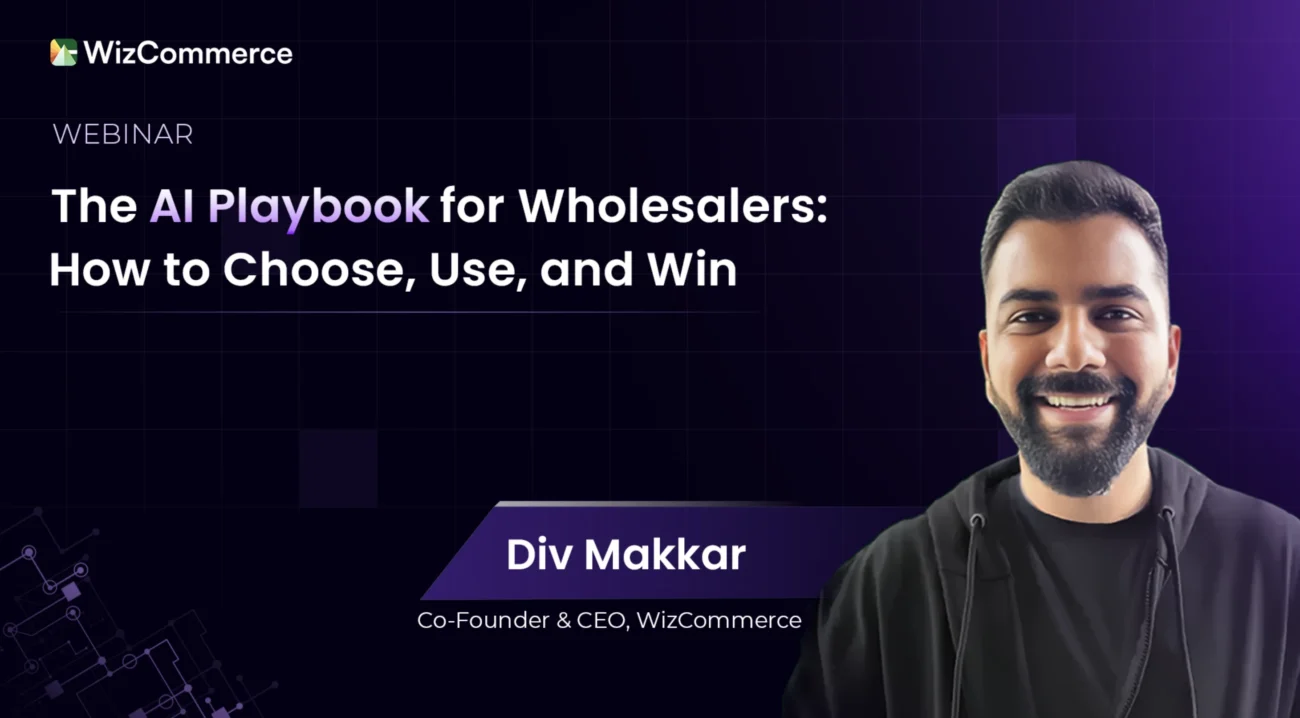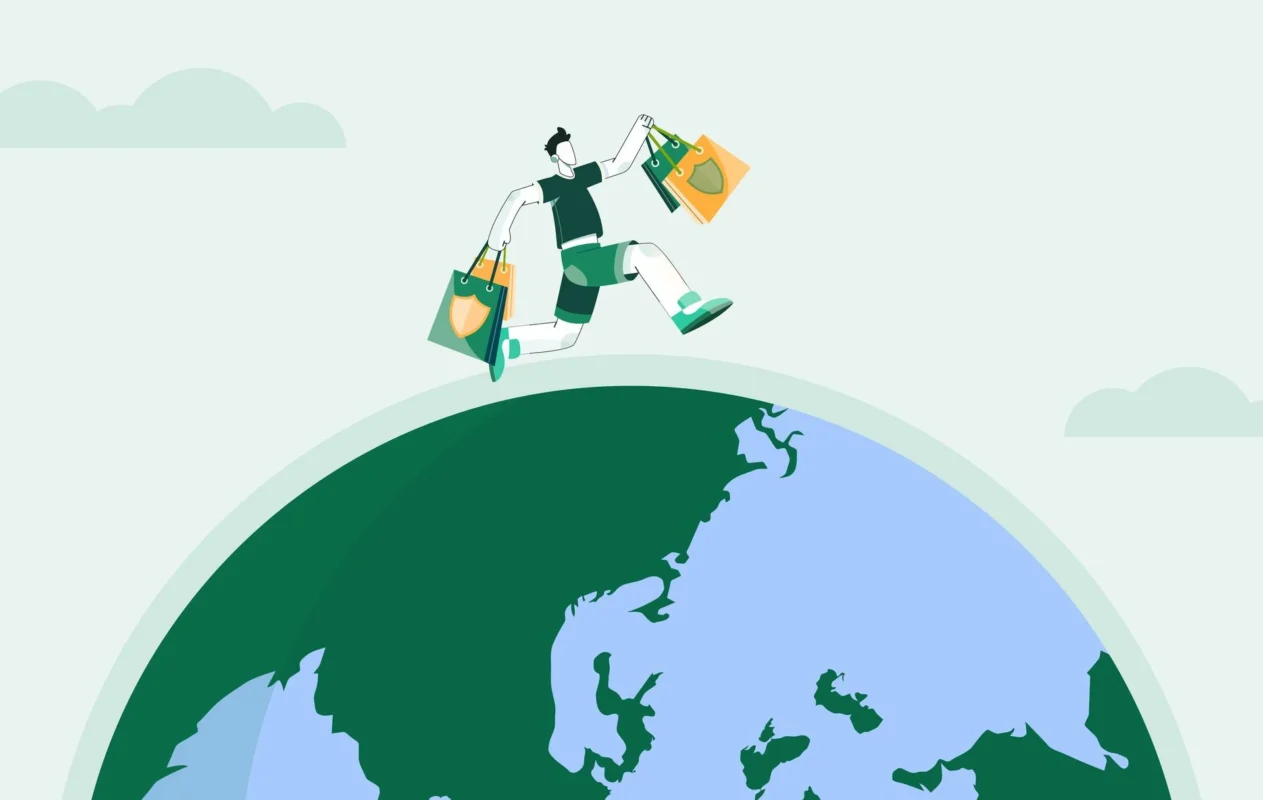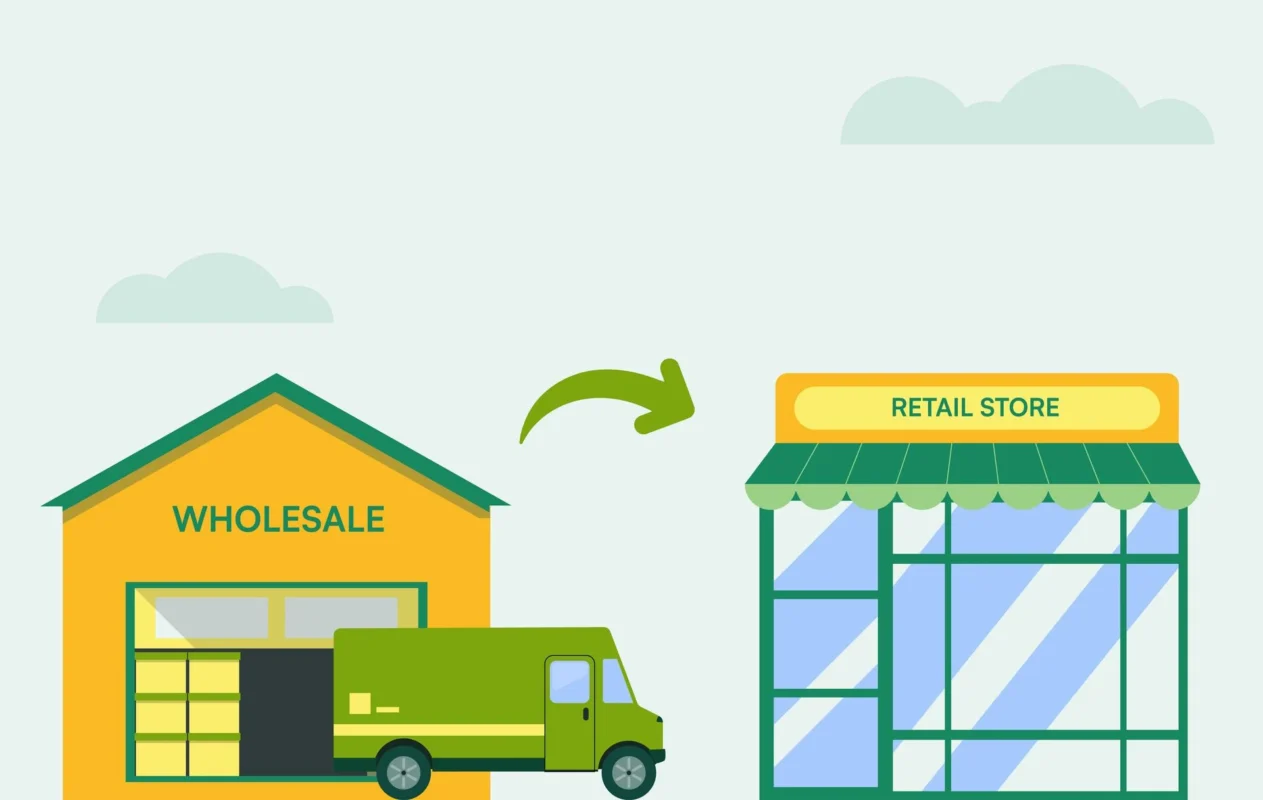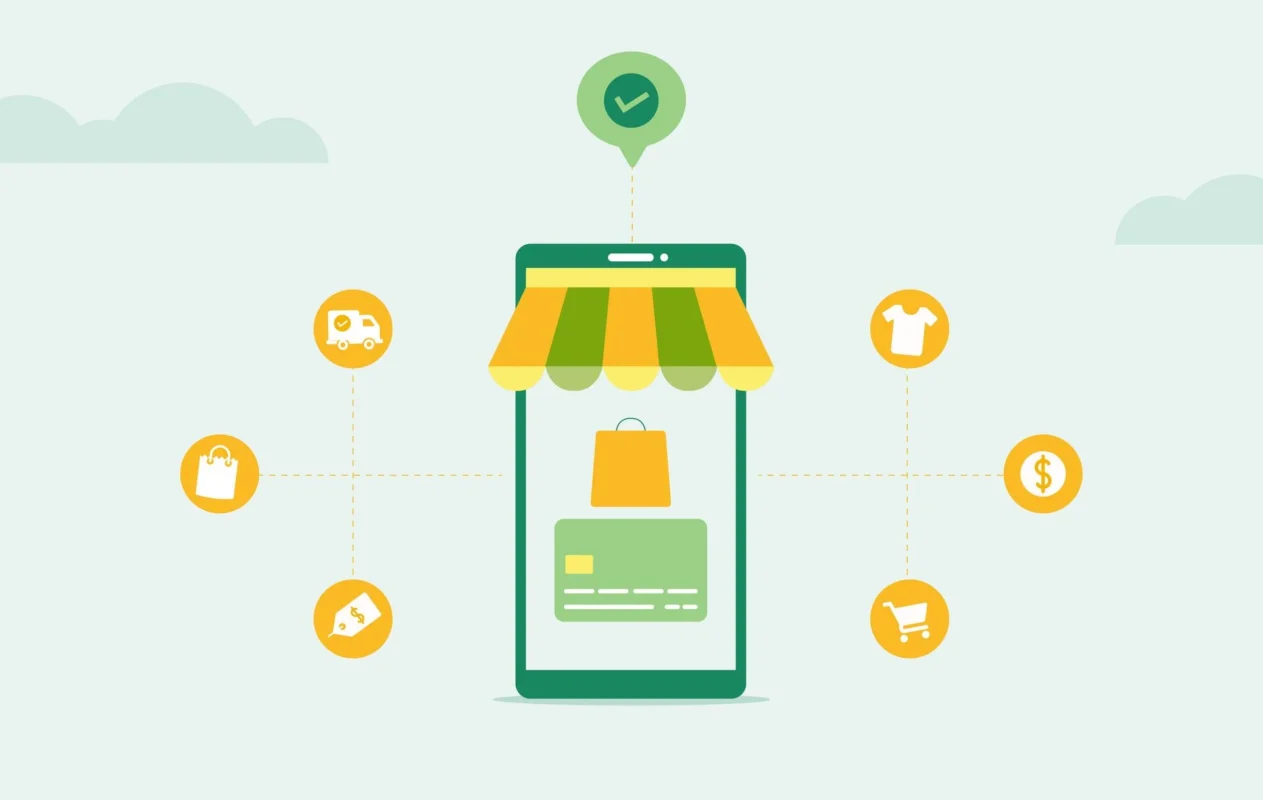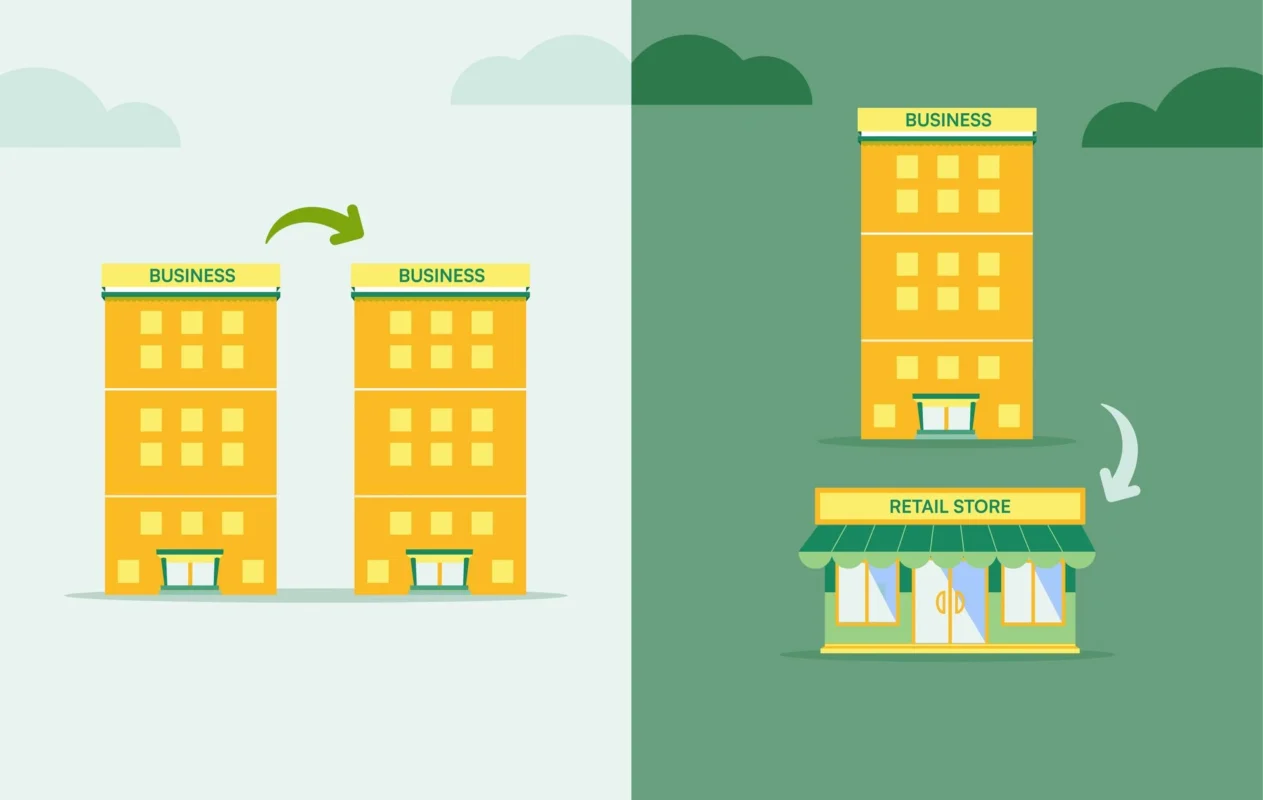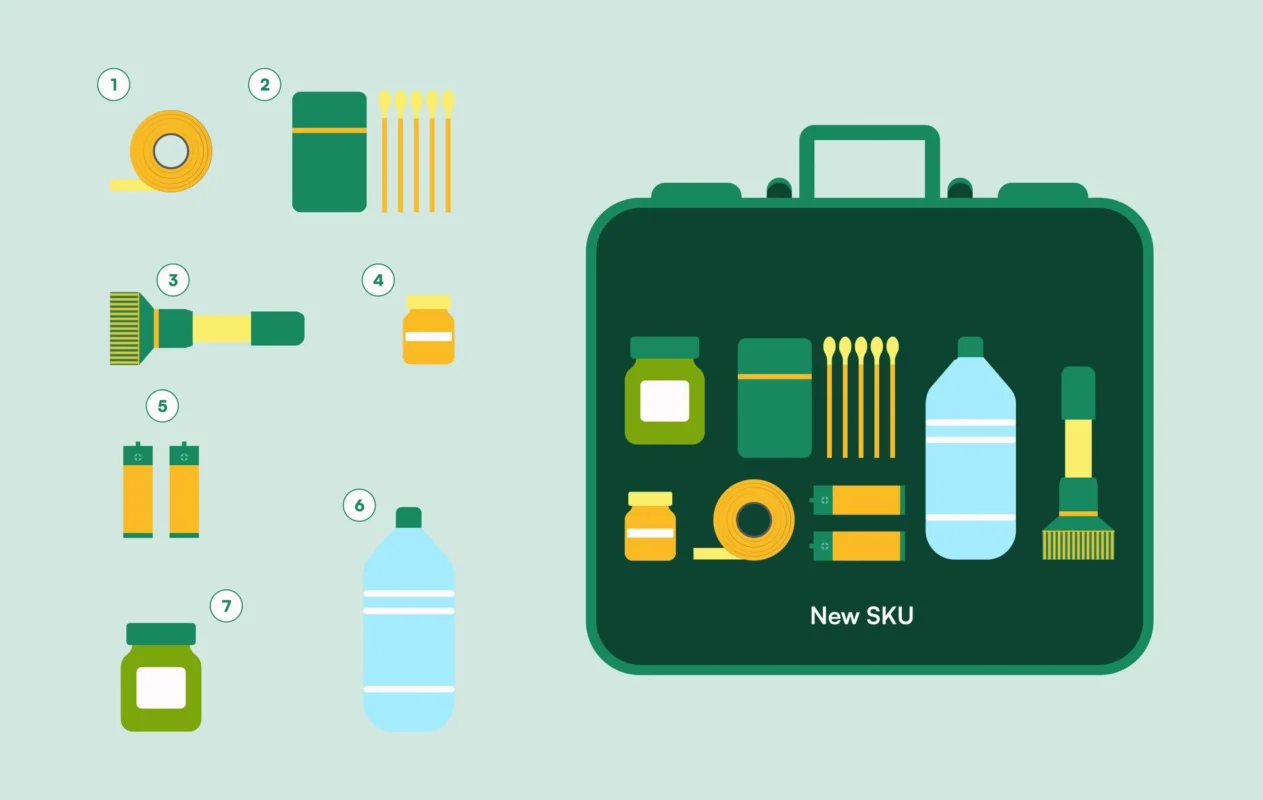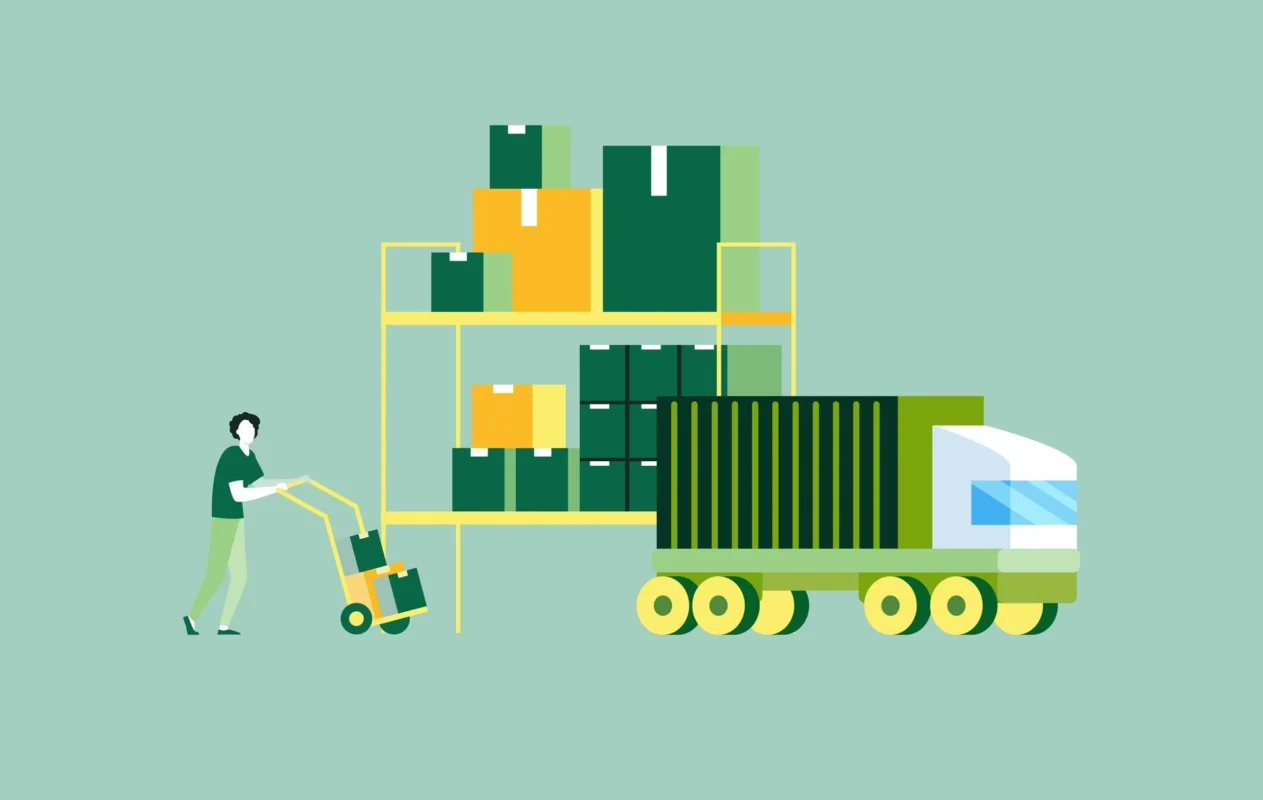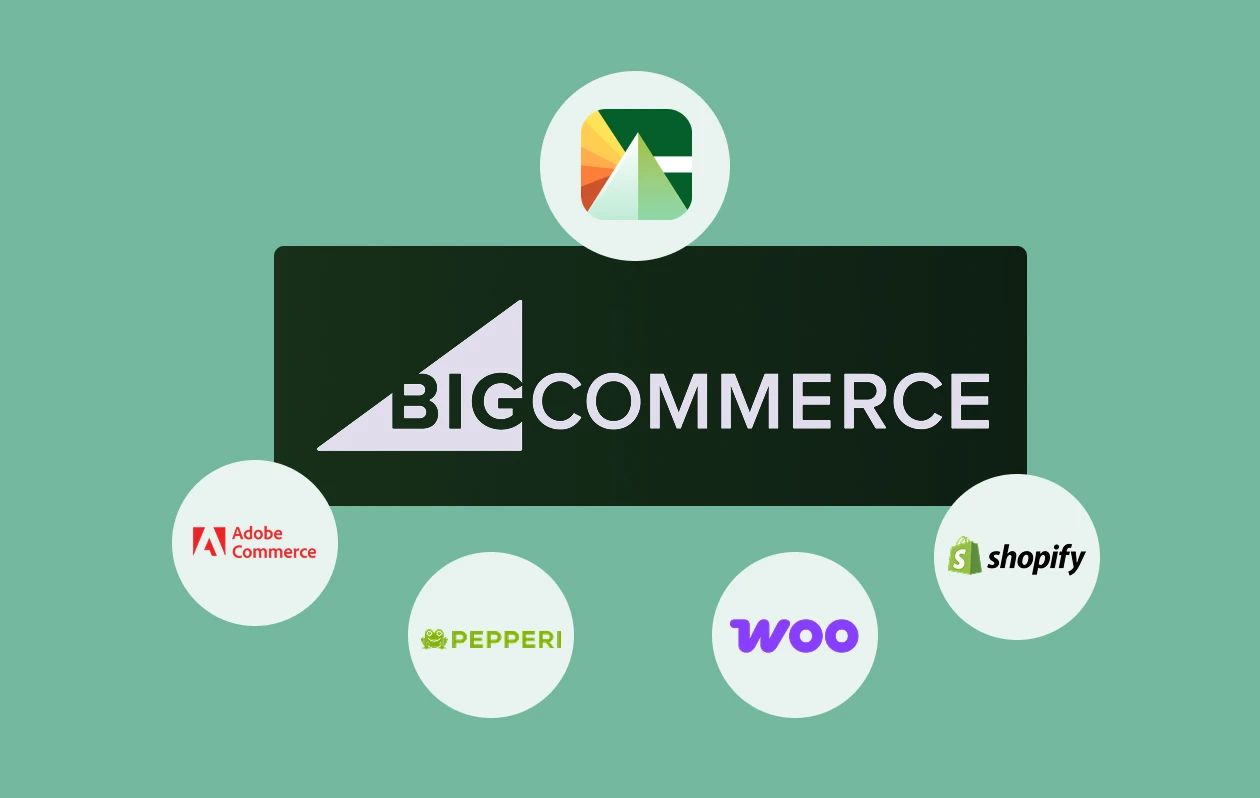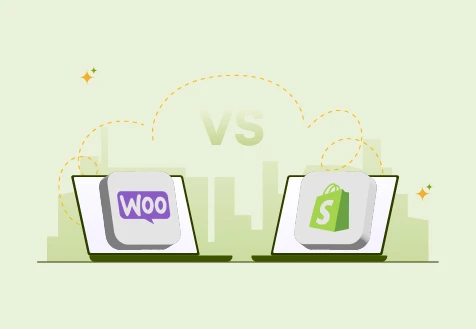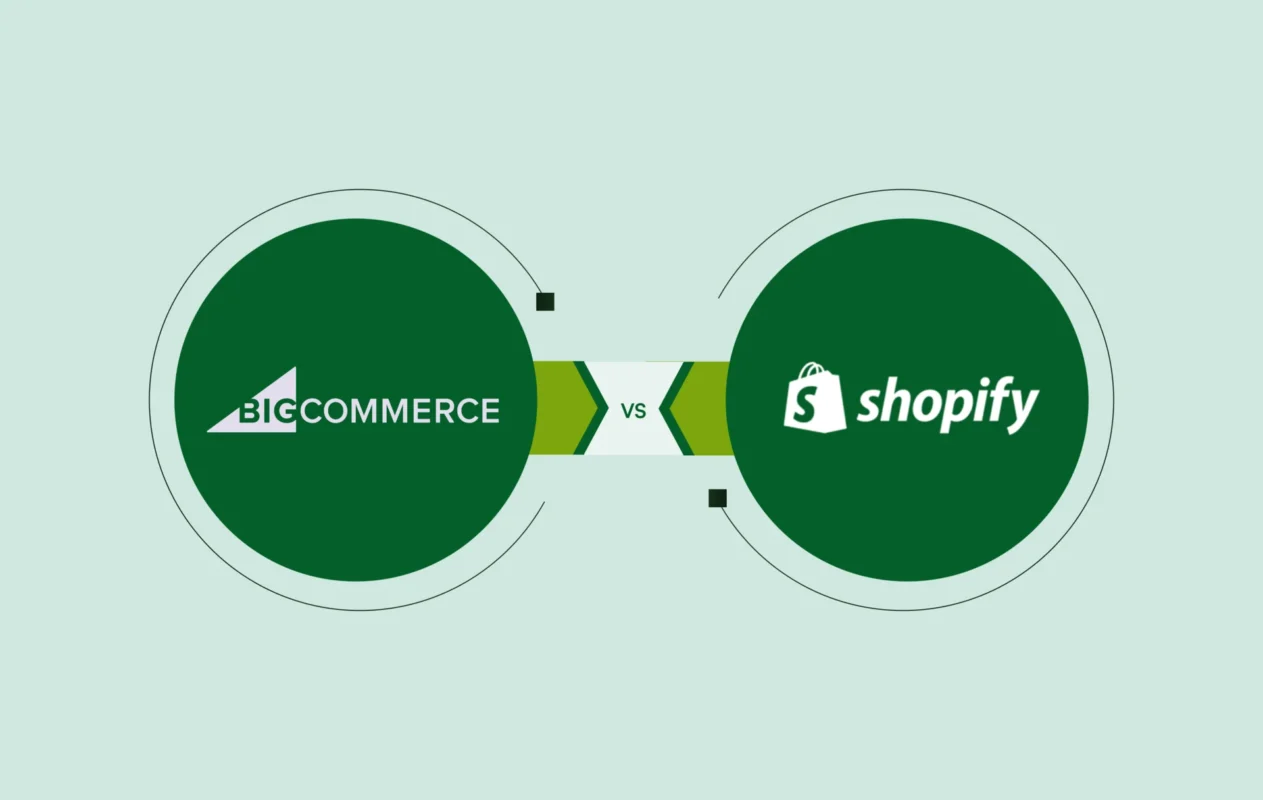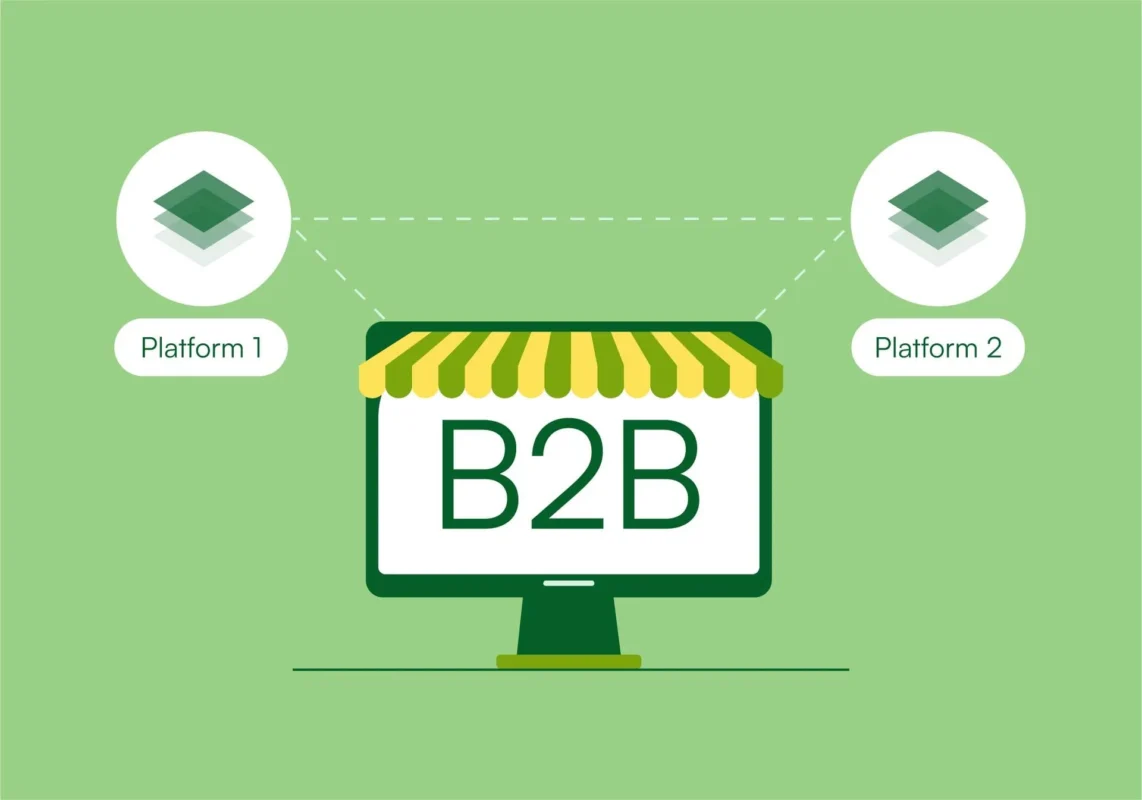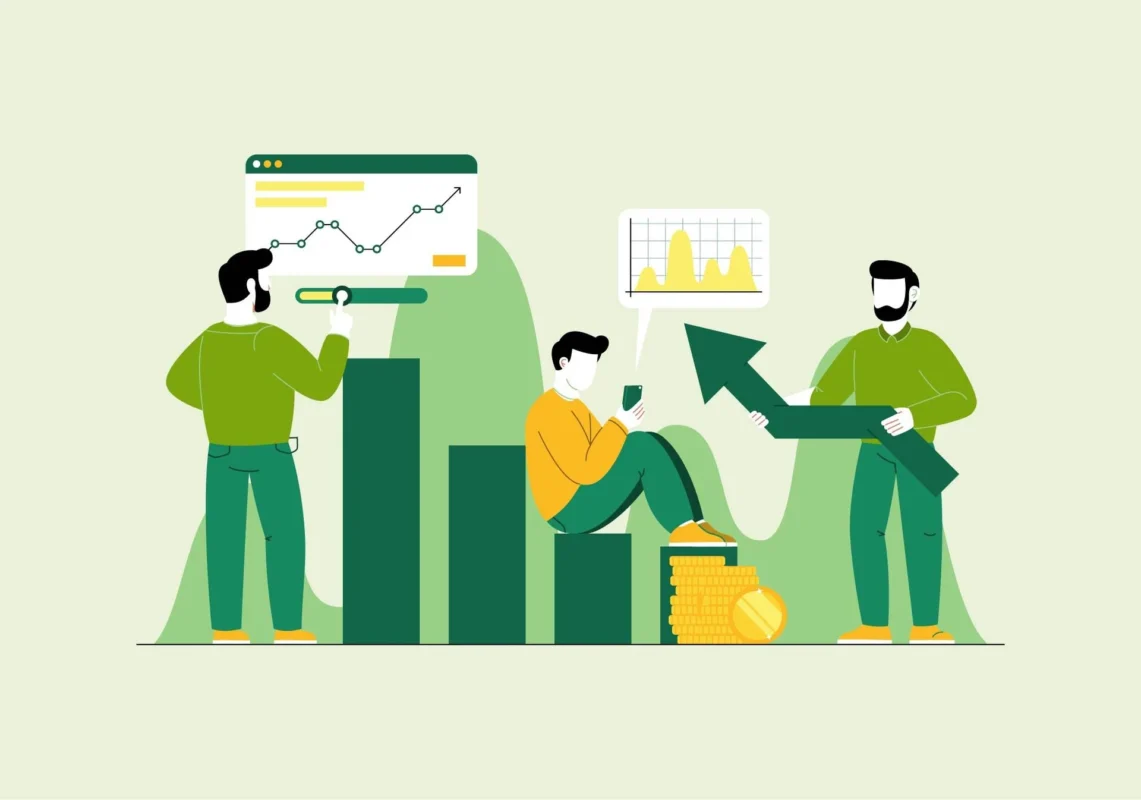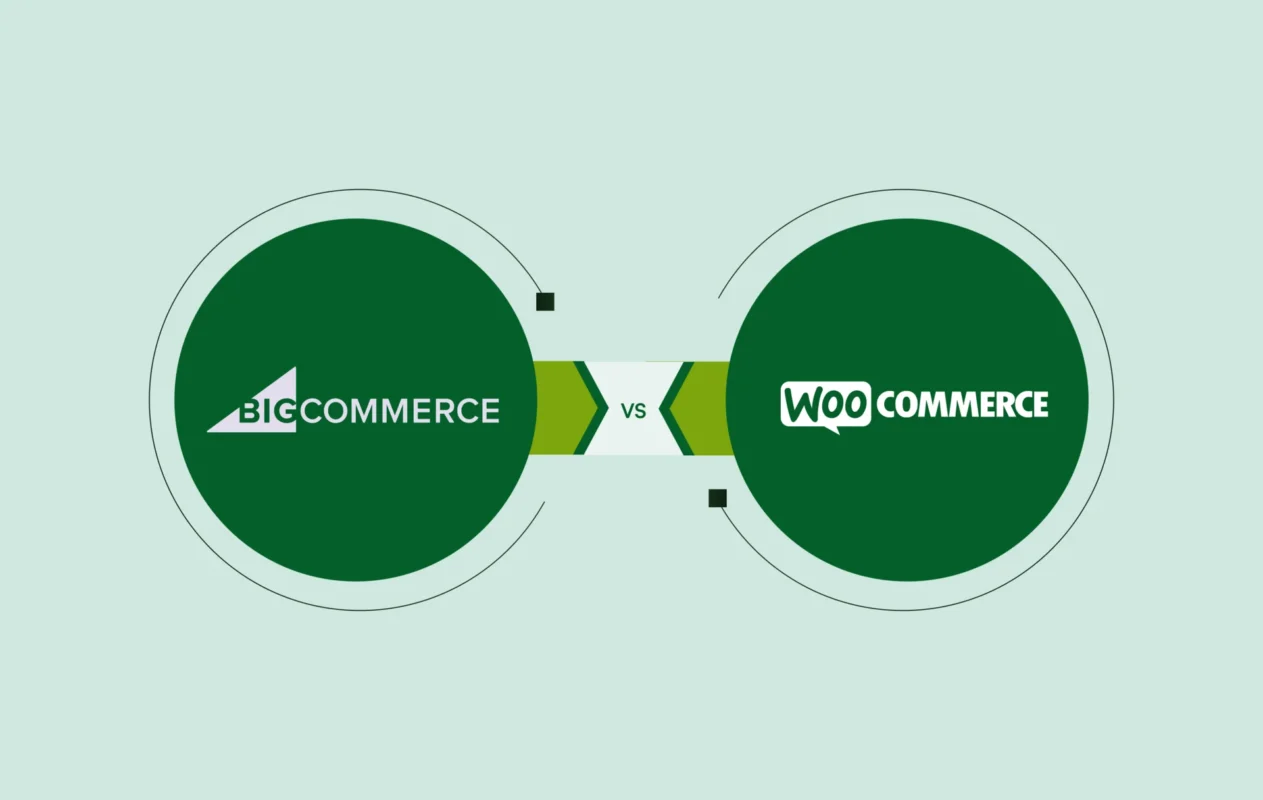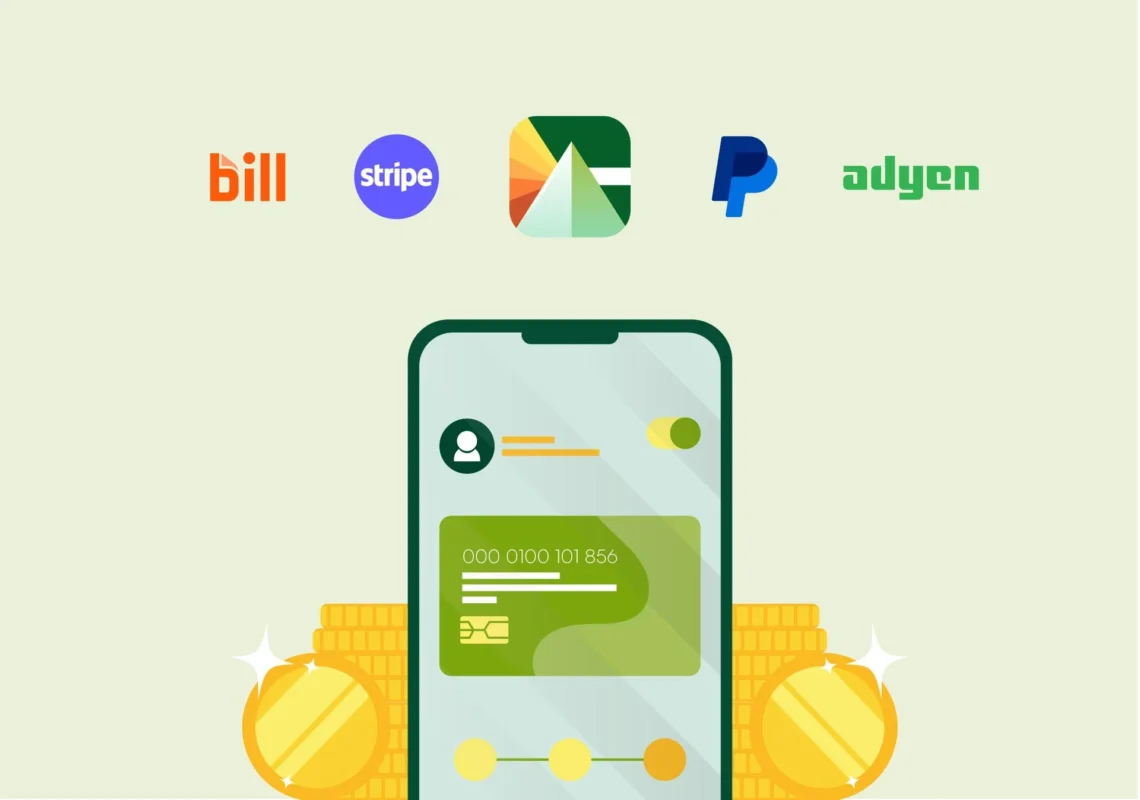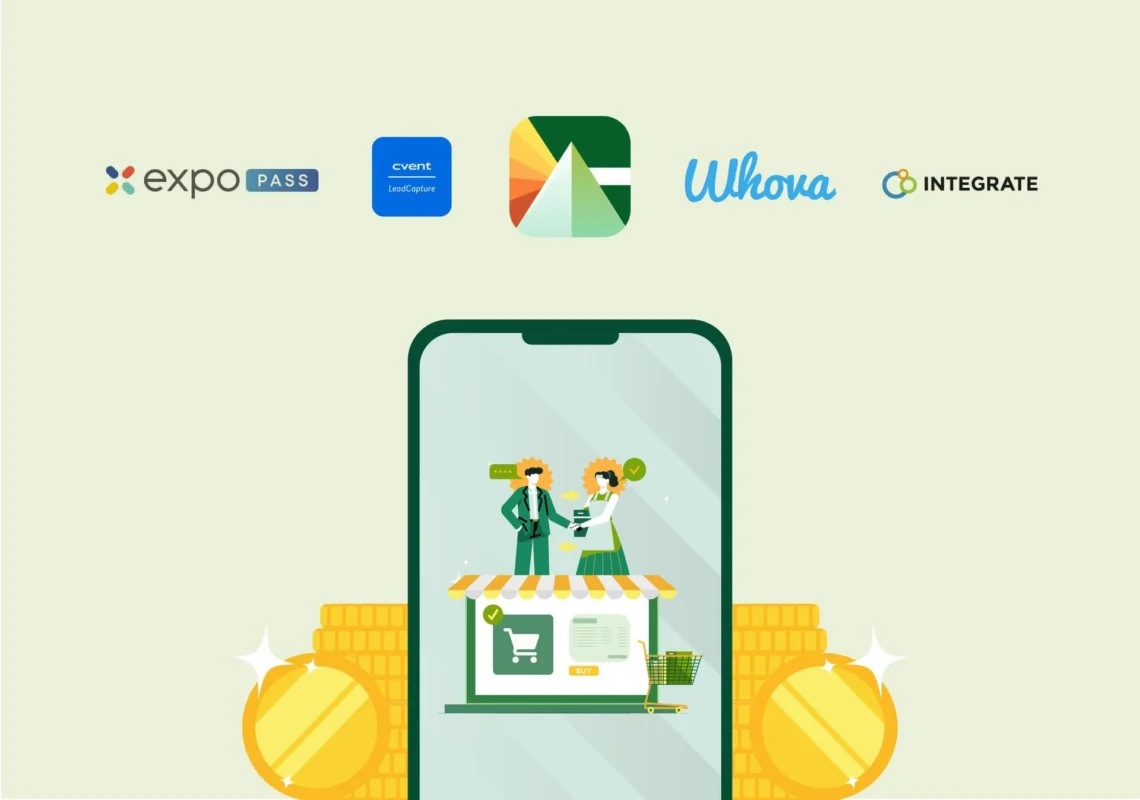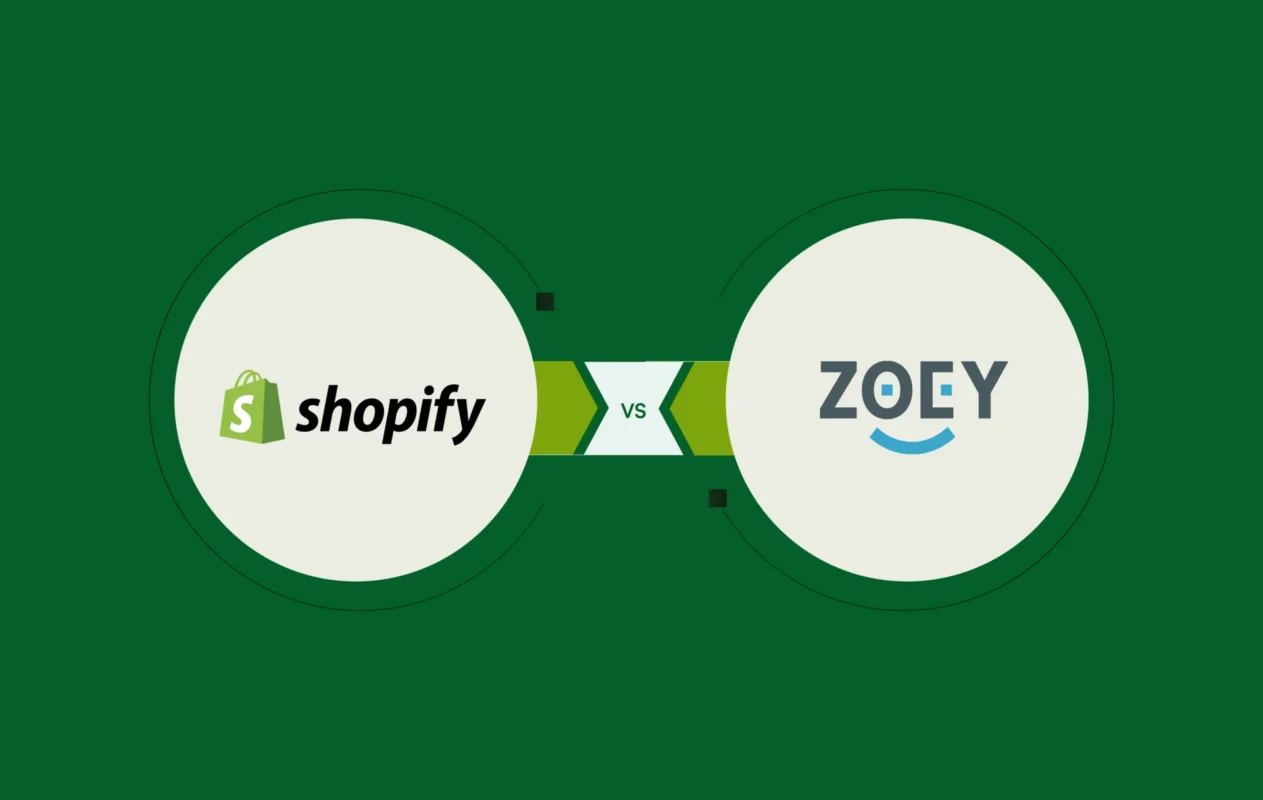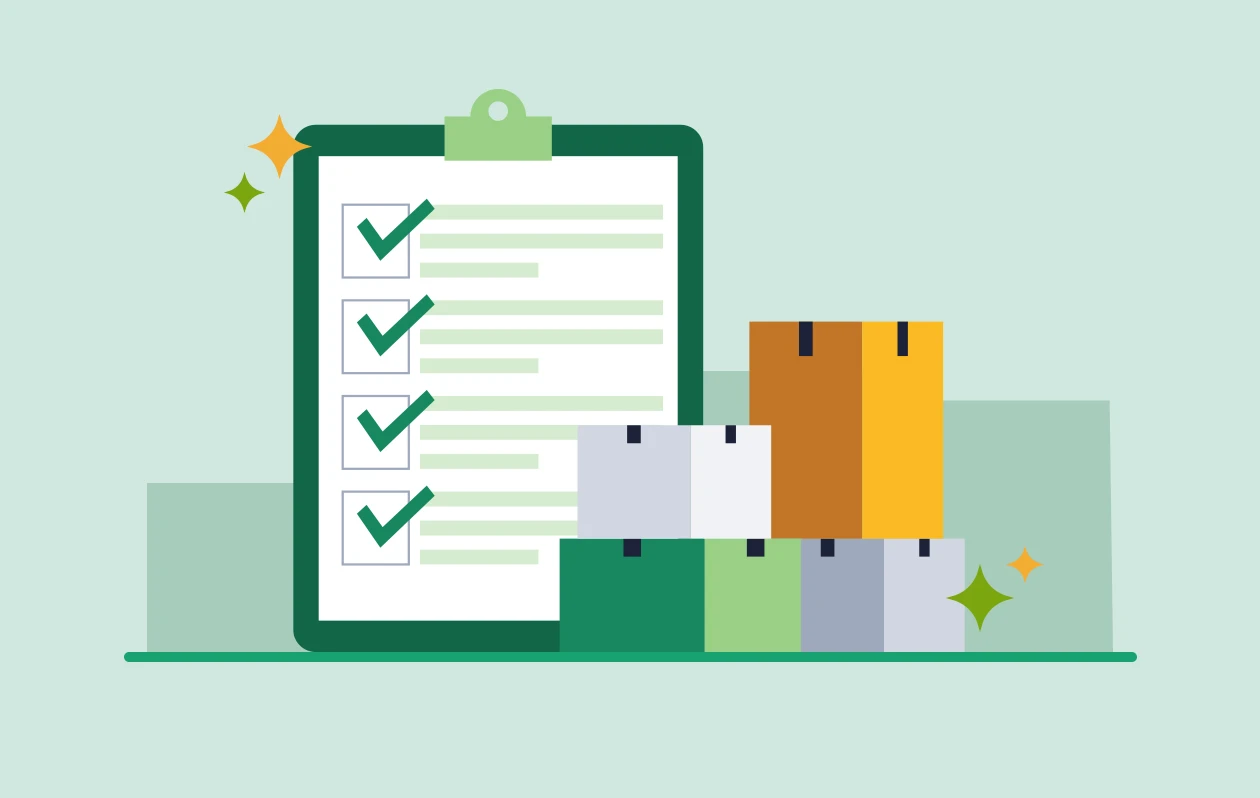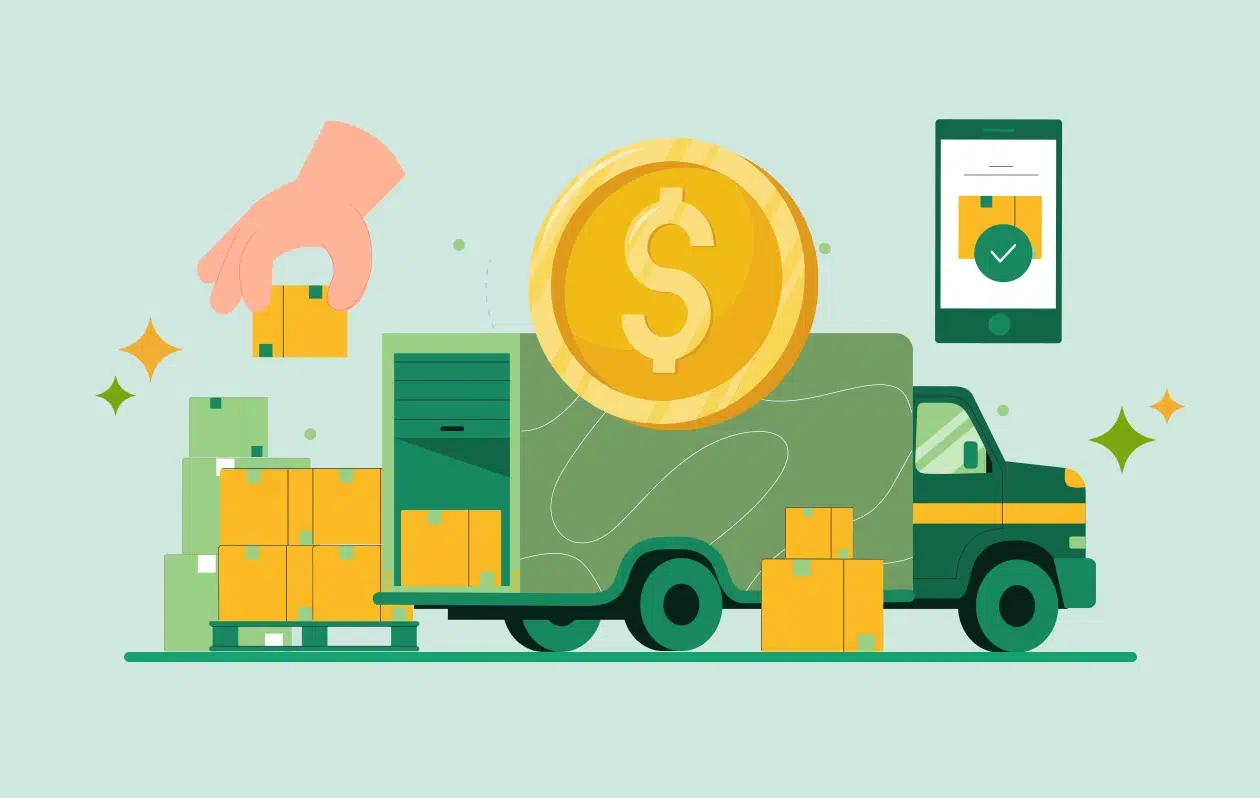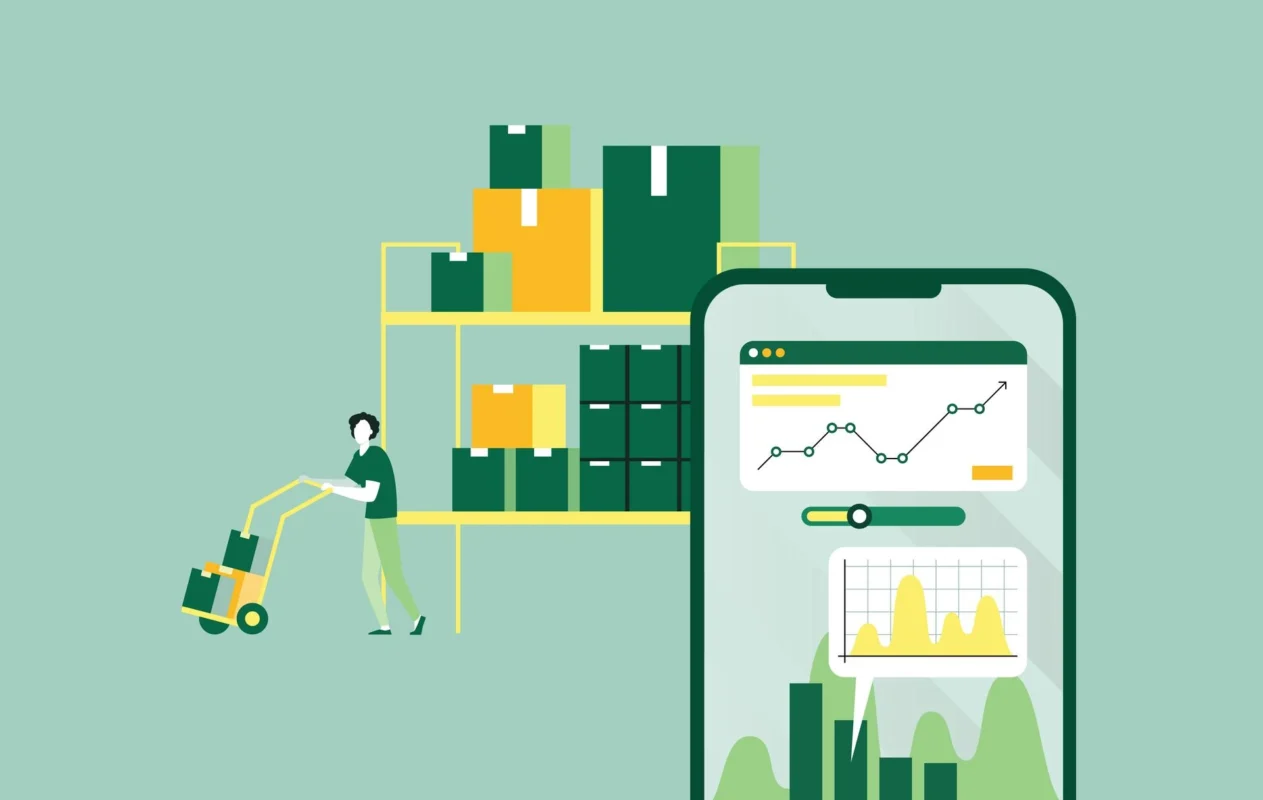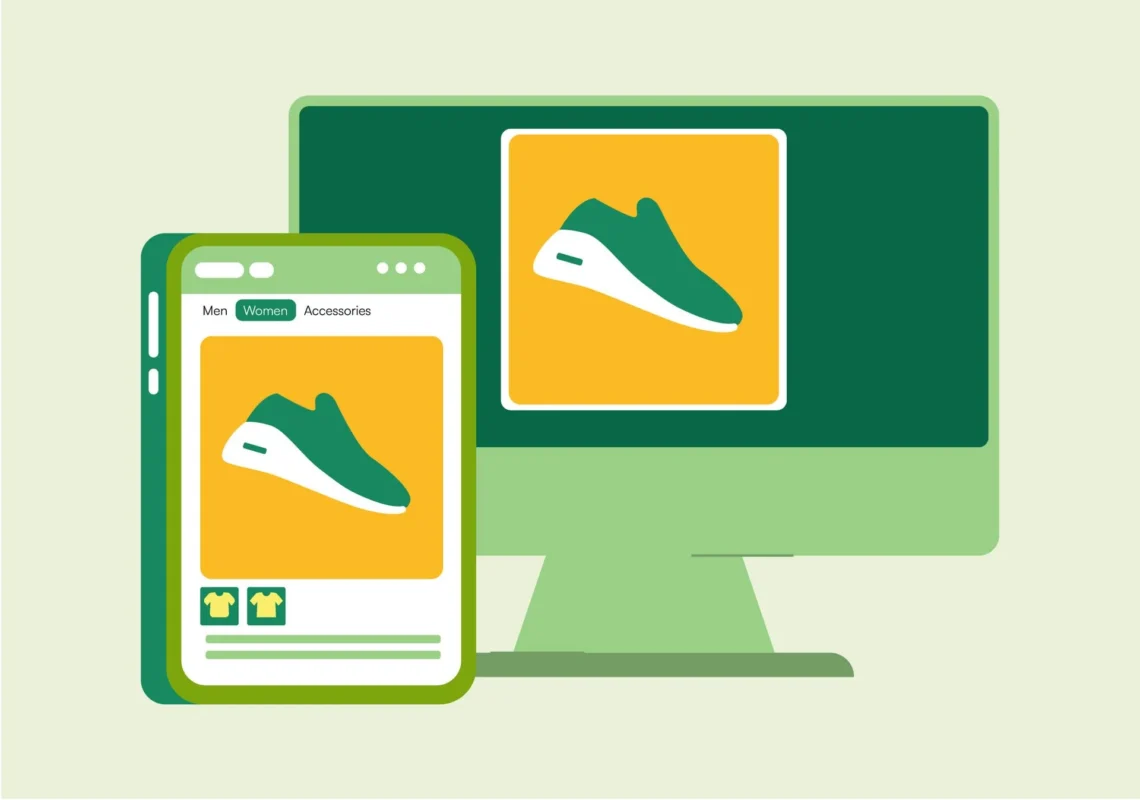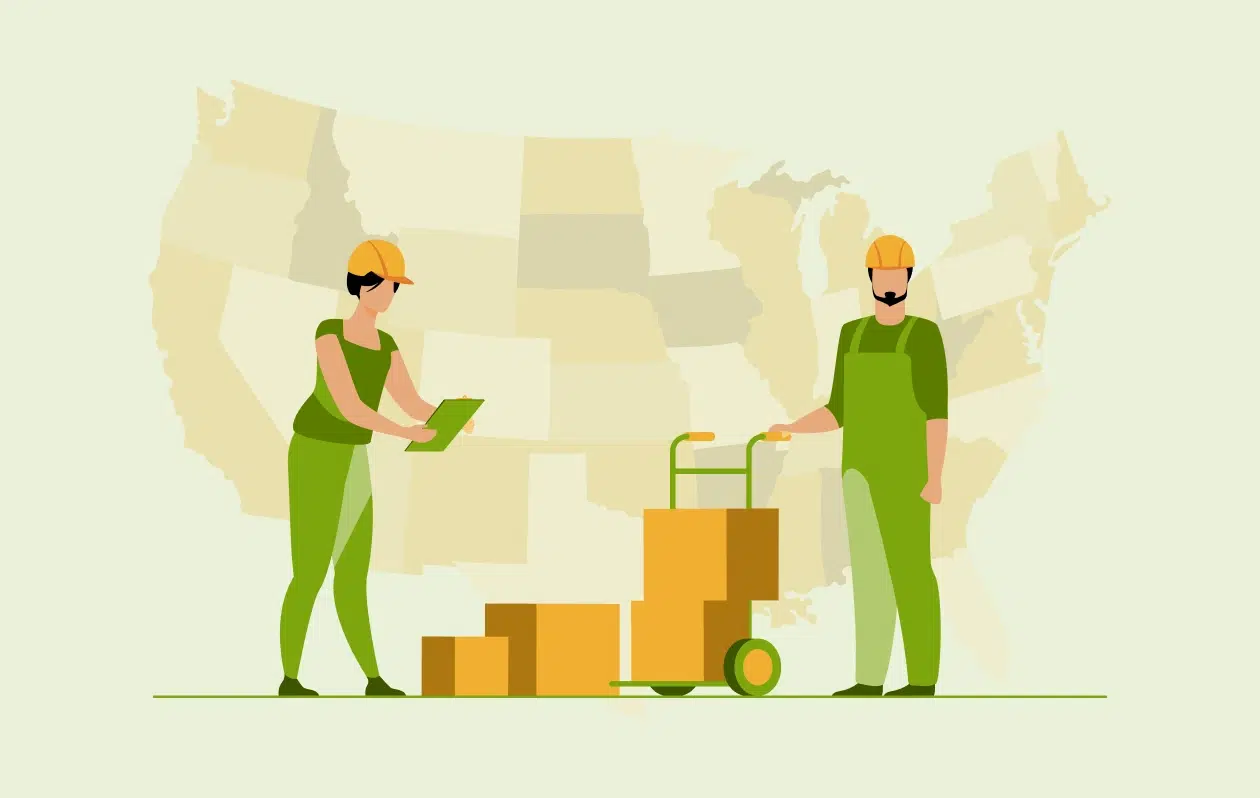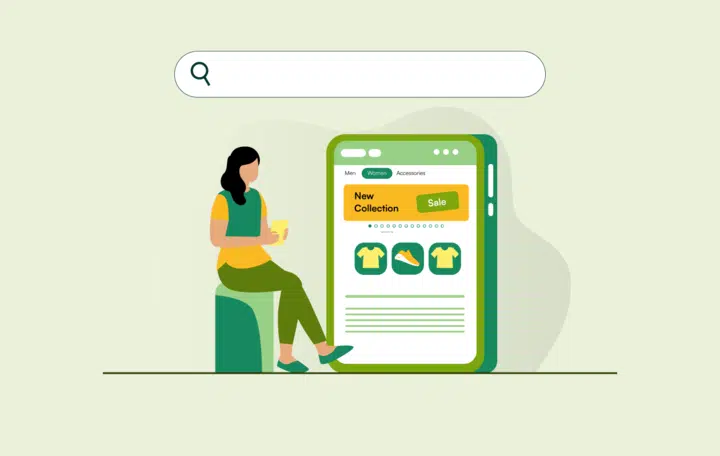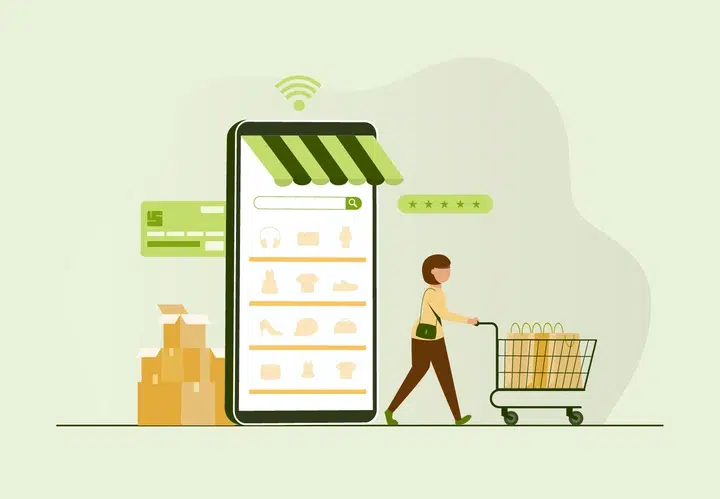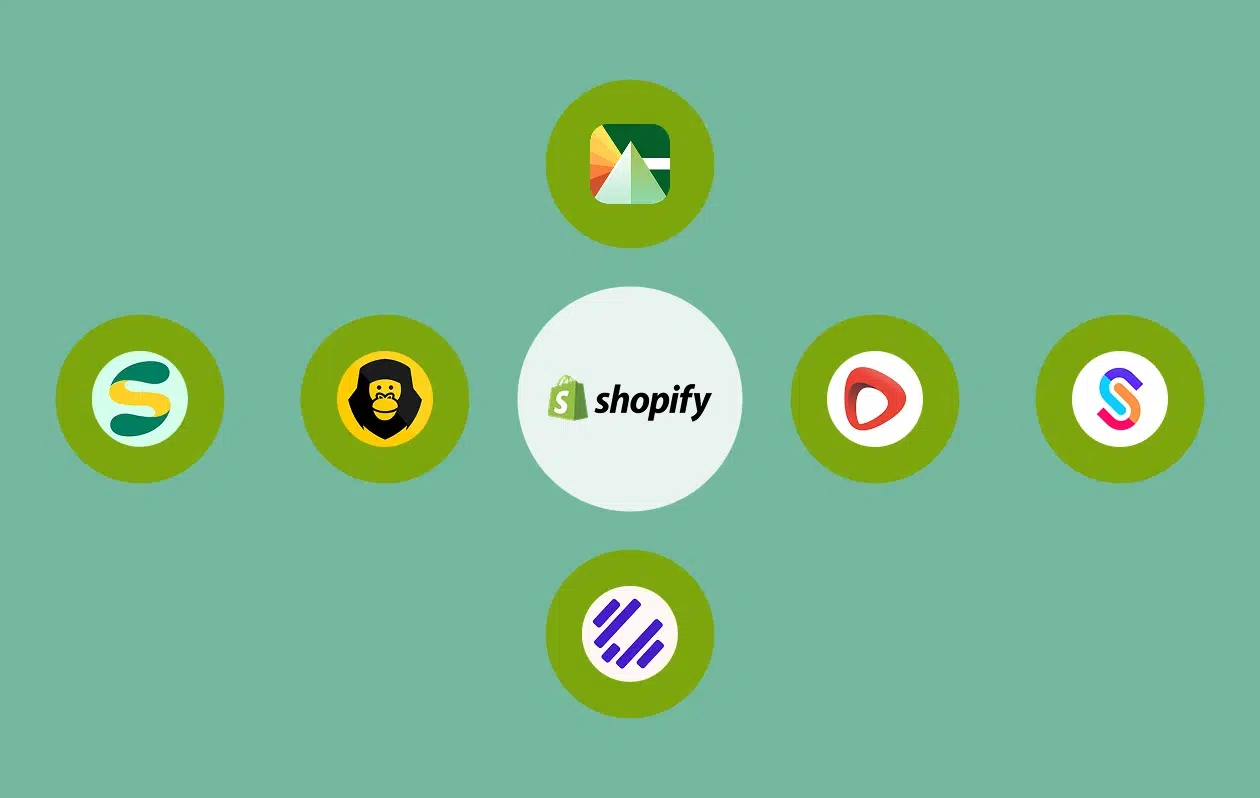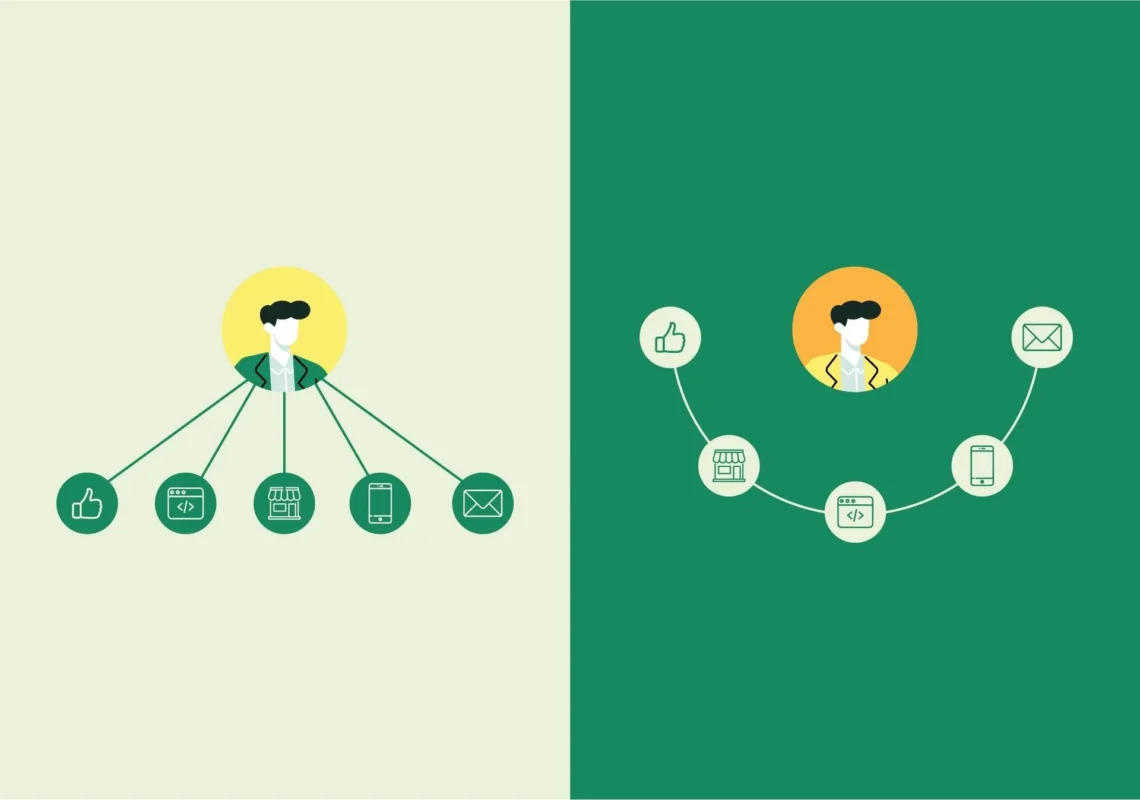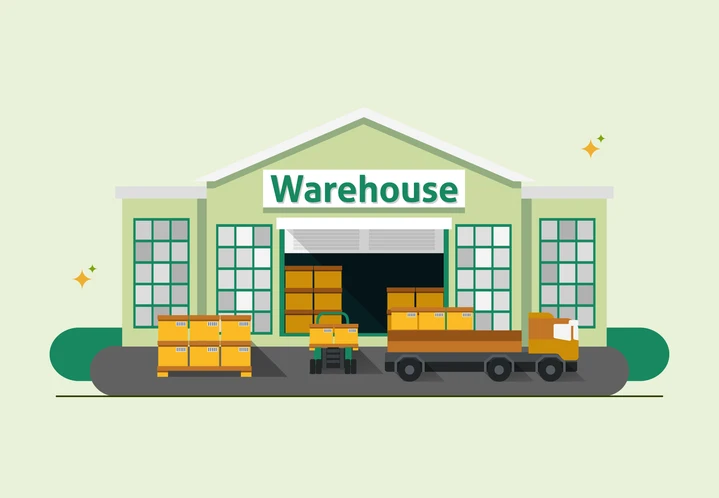Contents
- 1 What is B2B wholesale?
- 2 What is B2B wholesale ecommerce?
- 3 How does B2B wholesale ecommerce work?
- 4 What are the benefits of selling wholesale online?
- 5
- 6 How to sell wholesale online? Key steps
- 6.1 Step 1: Choose the right ecommerce platform
- 6.2 Step 2: Create and organize your product catalog for B2B
- 6.3 Step 3: Configure pricing for different buyers
- 6.4 Step 4: Set up a robust account creation process
- 6.5 Step 5: Optimize the checkout flow for B2B buyers
- 6.6 Step 6: Simplify order management and make reordering effortless
- 6.7 Step 7: Track buyer behavior and sales performance in real time
- 7 Conclusion
- 8 Frequently asked questions
B2B wholesale has long been the spine of supply chains – a vital engine powering the flow of goods between manufacturers and end consumers. However, the business world has evolved considerably today. The traditional way of running a B2B wholesale business might not work anymore. Some have already embraced ecommerce to meet today’s fast-paced wholesale demands and are reaping the benefits. In this blog, we’ll break down the steps to move your B2B wholesale business online. But first, let’s find out what exactly B2B wholesale encompasses and the challenges facing traditional wholesalers today.
What is B2B wholesale?
B2B wholesale is a selling process where a business buys and sells products in large quantities. Unlike retail, which targets individual consumers, B2B wholesale connects two or more businesses. Typically, it bridges the gaps between manufacturers/distributors and retailers. Along with bulk orders, two other core characteristics of B2B wholesale include negotiated pricing and longer sales cycles. These very characteristics have led to some unique challenges that are absent in the B2C model.
Read more: How to Get A Wholesale License: A Complete Guide
What are the common challenges in B2B wholesale?
Here are some roadblocks and obstacles encountered by wholesalers while they are running their business:
- Complex pricing: Pricing structures can be complicated with multiple tiers and negotiated rates. This makes it difficult to manage and communicate clear prices.
- Manual order management: Many B2B wholesalers still rely on manual methods like spreadsheets and phone orders. These are time-consuming and prone to mistakes.
- Lack of personalization: B2B buyers expect tailored experiences based on their buying history and preferences. But many wholesalers struggle to offer personalized offerings, resulting in lower customer satisfaction and weaker customer relationships.
- Inconsistent inventory visibility: Without real-time inventory management and tracking across warehouses and different sales channels, B2B wholesale suppliers often end up overstocking or experiencing stockouts.
- Tedious customer onboarding and approval: The onboarding process for new wholesale buyers often involves lengthy paperwork and manual approvals. This results in delays in starting business relationships.
What is B2B wholesale ecommerce?
B2B wholesale ecommerce is the process of selling products in bulk through digital channels. More often than not, these digital channels include online B2B wholesale marketplaces or dedicated ecommerce websites. It is an effective way to overcome many common challenges of traditional B2B wholesale selling. For instance:
- It simplifies complex pricing by moving transactions online
- It streamlines order management through digital workflows.
- Personalization becomes easier with data-driven insights. It’s easy to craft tailored promotions and engage in individualized communication at scale.
- Real-time inventory visibility keeps stock levels accurate across multiple locations.
- Automated onboarding and approval processes help new customers get started quickly.
Overall, wholesale B2B ecommerce transforms traditional bulk selling into a well-oiled process coupled with customer-friendly experiences.
What are the examples of brands selling wholesale online?
Here are some popular brands selling wholesale online today successfully:
- Howard Elliott: It is a US-based brand specializing in furniture, home décor, and textiles. The brand sells primarily through its wholesale B2B website and uses the same channel to communicate the features and benefits of its products effectively.

- Emdee International: It is a home décor and textile wholesale distributor that offers a curated collection of textiles, pillows, and home accessories. The brand serves diverse trade professionals who value efficiency and intuitiveness in their purchasing journeys.

- Antique Curiosities: It is a contemporary art brand that sells vintage and antique items to collectors and dealers through its B2B wholesale website. The brand collaborates with individual artists to craft unique décor pieces, emphasizing authenticity and fine craftsmanship.

How does B2B wholesale ecommerce work?
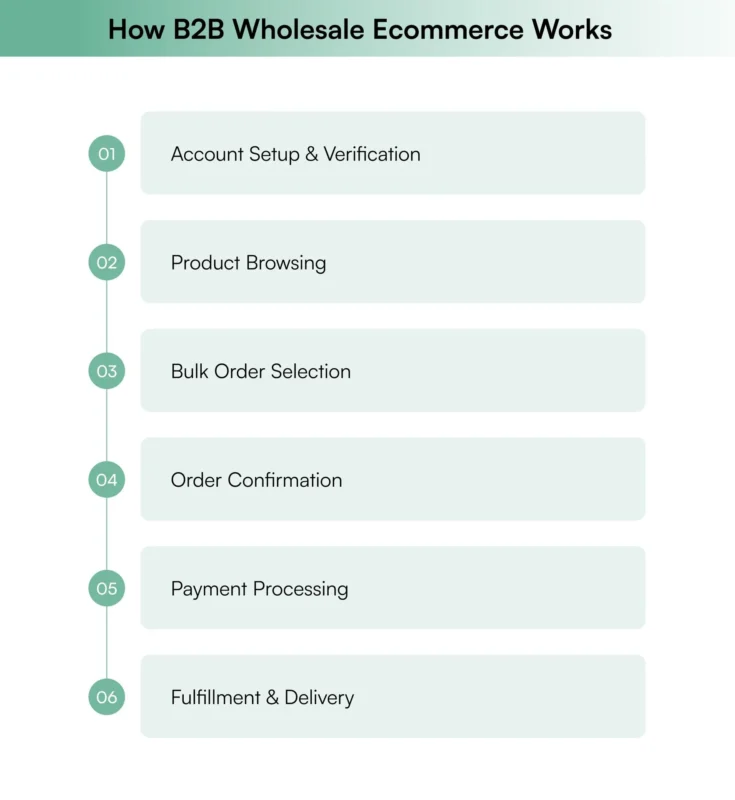
B2B wholesale ecommerce simplifies and automates the buying and selling of products by conducting it online. This makes transactions faster and orders easier to manage. Here’s the typical end-to-end flow of selling in bulk through your own ecommerce wholesale website:
- Account setup & verification – Your buyer registers on the website. They submit business credentials. If all is well, you approve them to access your products at wholesale rates.
- Product browsing – Once access is granted, they explore the catalog, which lists products at pre-agreed prices. The buyers, later on, get personalized product suggestions based on their browsing history. Your sales representatives can also log in to the same portal to place orders on behalf of the buyer.
- Bulk order selection – Either the buyer or the rep adds products to the cart in wholesale quantities. They also get options to save recurring orders. Your reps can create quotes and share them with the buyer.
- Order confirmation – Buyer or sales rep reviews the selections or the quote. They then confirm the quantities and submit the order online.
- Payment processing – The buyer makes the payment via different payment methods. It could be credit terms, purchase orders, online payment gateways, etc.
- Fulfillment & delivery – You pick, pack, and ship the order. You also provide tracking details to the buyer for a smooth delivery experience.
What are the benefits of selling wholesale online?
Here are some advantages you will experience when you start selling wholesale online:
1. Improved buyer experience
When you take the B2B ecommerce wholesale path, your buyers have 24/7 self-service access to your products. This means they can browse and place orders whenever it’s convenient for them. Along with this uninterrupted access, you can deliver personalized content, targeted recommendations, quick reorder options, and real-time inventory data. All these positively contribute to the customer experience.
2. Automate wholesale processes
When you sell wholesale online, you automate most administrative tasks that are time-consuming for your reps. Key wholesale trade operations like buyer registration, price list generation, quote creation, invoicing, order management, etc., can all be automated. Automating manual tasks also means fewer errors and more time for your reps to focus on building relationships with business buyers.
3. Lower the cost of doing business
When you have a digital storefront, you eliminate the need for extensive physical infrastructure. It also means you no longer have to spend on hiring additional resources for creating and managing wholesale orders. Automated features cut down administrative workload, lower labor expenses and operational costs, and lead to improved profit margins. As a bonus, fewer touchpoints in the sales cycle also mean faster transactions.
4. Expand into new markets quickly
B2B wholesale ecommerce removes geographic barriers for you to sell. You can reach buyers across different cities or even countries without the need to physically expand. You can easily showcase your catalog to a global audience and open new revenue streams from the comfort of your base location, resulting in effortless business growth.
Related read: The Complete Guide to Global ecommerce for B2B Success
5. Gain better sales insights
Online wholesale selling provides you with real-time data and analytics to track customer behavior and product performance. You can leverage these insights to optimize various aspects of B2B wholesale operations like setting pricing strategies, managing inventory without errors, designing targeted engagement campaigns, identifying cross-selling and upselling opportunities, etc.
How to sell wholesale online? Key steps
Here is a structured approach to selling wholesale online:
Step 1: Choose the right ecommerce platform
Your ecommerce platform determines how efficiently you can operate your B2B wholesale business and also how effectively you can meet the needs of your buyer base. —a critical factor for successful wholesale business ideas. Today’s buyers expect quick ordering, accurate pricing, access to relevant product information, smart recommendations, etc., without needing to depend on a rep.
So, when selecting an ecommerce platform for wholesale operations, prioritize the following:
- B2B-specific capabilities: Account-based access, bulk ordering tools, reordering functionality, and purchase approval workflows.
- Scalability: The ability to handle an increasing number of SKUs and customers without slowing you down.
- Integration: Seamless syncing with your existing tech stack. This includes your ERP, CRM, inventory, and payment systems.
- Customization: The flexibility to adapt the storefront and workflows for different customer segments.
Step 2: Create and organize your product catalog for B2B
In B2B wholesale ecommerce, your product catalog isn’t just a marketing tool. It’s the single source of truth for your buyers. So, the goal is to make it easy for your buyers to navigate and help them access what they need quickly.
To get this right:
- Group products into logical categories and subcategories.
- Include detailed descriptions.
- Keep availability and pricing updated in real time.
- Use high-quality imagery that shows the product in real-life use cases.
A tool like WizStudio can help with your images. Instead of scheduling costly photoshoots or settling for generic stock imagery, you can use WizStudio to quickly turn basic product shots into stunning, brand-consistent lifestyle visuals. Better imagery not only boosts engagement but also builds buyer confidence.

Step 3: Configure pricing for different buyers
In wholesale, pricing is strategic, and you have to offer different rates for different buyers to close deals. For instance, the prices displayed to a completely new client will be different from a loyal one. The key to mastering pricing in B2B wholesale ecommerce is being dynamic and flexible. This means:
- Creating multiple price tiers for different customer types.
- Updating prices instantly to reflect wholesale market changes or negotiations.
- Offering volume discounts or special terms for strategic accounts.
Here, a feature like WizOrder’s Multiple Price Lists can play a critical role. It lets your reps instantly switch between tailored price lists from the product or details page. This means no backend wait times, and they can respond quickly to customer needs. This agility helps close deals faster while maintaining a personalized sales approach.

Step 4: Set up a robust account creation process
Unlike B2C ecommerce, wholesale selling involves higher transaction values. That’s why you can’t simply allow anyone to browse your full catalog. A structured account creation and approval process is necessary to filter genuine wholesale buyers from casual browsers. It also helps safeguard your pricing strategies from the eyes of your competitors.
The account creation process you design should collect essential business details during sign-up (e.g., tax ID, company name, industry, purchasing role) and route new accounts into an approval workflow before granting full access.
With WizShop’s approval workflows, this becomes a short digital step. New account requests can be instantly routed to your admin team for review. Once approved, the buyer gains immediate access to the catalog, pricing, and payment terms assigned to them. This ensures every buyer entering your system is qualified while keeping the sign-up experience smooth and professional.
Step 5: Optimize the checkout flow for B2B buyers
In wholesale transactions, the checkout process is rarely as simple as paying for a single item and checking out. Buyers often need to specify multiple delivery locations, split orders, add purchase notes, choose from several payment options, or comply with their company’s procurement rules. If your checkout is too rigid, these requirements turn into roadblocks. It can slow down sales and create frustration.
An optimized B2B checkout should:
- Offer multiple billing and shipping addresses to cater to multi-location buyers.
- Allow order notes for delivery instructions, compliance requirements, or packaging preferences.
- Provide flexible payment methods like card-on-file, payment links, credit cards, and refund credits.
- Assign custom payment terms for each account, whether that’s upfront payment, partial deposits, or custom net days.
WizShop’s Customizable Checkout capability gives you all the above flexibility, letting you tailor the flow to reflect real-world B2B purchasing behaviors. Unlike rigid B2C-focused platforms, you can set different rules for different buyers. Combined with WizPay’s varied options for payment methods and smooth in-app refunds, this ensures the checkout process is frictionless while maintaining control over terms and conditions.

Step 6: Simplify order management and make reordering effortless
One of the biggest advantages of wholesale selling is repeat business. If reordering is complicated, potential buyers may delay purchases. Or worse, they may switch to competitors who offer a smoother process. An effective order management system should allow both sales reps and buyers to easily revisit past orders and reorder without starting from scratch.
For instance, WizShop lets your buyers create quick, one-click reorders, allowing them to replicate previous bulk orders in just a few clicks. The result? Faster order turnaround and higher order frequency.

Step 7: Track buyer behavior and sales performance in real time
In a traditional wholesale model, much of the customer relationship is built on intuition. While this works for some, online selling offers something even more powerful – real-time, data-driven insights. It allows you to accurately understand buyer behavior as it happens and adapt quickly.
An advanced analytics system will:
- Track key performance metrics like revenue, order volume, abandoned carts, quote activity, and conversion rates.
- Provide filters and segmentation so you can focus on specific customer groups or product lines.
- Identify sales trends before they become obvious in your revenue reports.
- Score and prioritize leads based on likelihood to convert or grow.
WizCommerce’s Analytics & Reporting dashboard delivers a complete view of your business health at any moment. Our Lead Scoring System takes this further by analyzing historical customer data, ranking buyers as High, Mid, or Low priority. This lets your sales team focus on high-value opportunities without wasting time on low-probability prospects. And with an Admin Dashboard, your sales leaders can monitor rep performance, coach more effectively, and ensure consistent execution across the team.

Conclusion
It’s well-known that B2B wholesale remains the backbone of global supply chains even today. But in today’s digitally driven market, success depends on how effectively you bring your operations online. WizCommerce can be your key to achieving this transformation. By offering all the necessary features (plus several nice-to-haves!) required to sell smarter online, WizCommerce is one of the best wholesale ecommerce platforms you can adopt for your business today. Want to see the capabilities of WizCommerce first-hand? Book a free demo today.
Frequently asked questions
1. What is the B2B wholesale model?
It is a business model where a company sells goods in bulk to other businesses. It focuses on building long-term relationships, negotiated pricing, and repeat orders.
2. What are the four types of wholesalers?
The four main types are merchant wholesalers (they buy and resell goods), agents/brokers (they facilitate sales without owning goods), manufacturers (producers of the products), and specialized wholesalers (they focus on niche markets or products). Each serves a different role in the B2B wholesale distribution process.
3. What are the risks of wholesaling?
The biggest risk of wholesaling is market fluctuations. It can considerably affect demand in the wholesale sector, resulting in drastic price volatility and overstocking/understocking. There’s also competition from direct-to-consumer sales and complications associated with managing cash flows and credit risk.
4. What is the most common type of wholesaler?
Merchant wholesalers are the most common. They purchase goods in bulk from manufacturers or B2B suppliers, store them, and resell them to retailers. They act as a bridge between producers and the market.
5. What are the levels of wholesale?
Wholesale has multiple levels, depending on the number of intermediaries involved. For instance, zero level involves direct sale from the wholesaler to the consumer, while one level includes an intermediary like the retailer between the wholesaler and the consumer. Similarly, two-level wholesale includes B2B wholesale distributors plus retailers between the wholesalers and the consumers.


